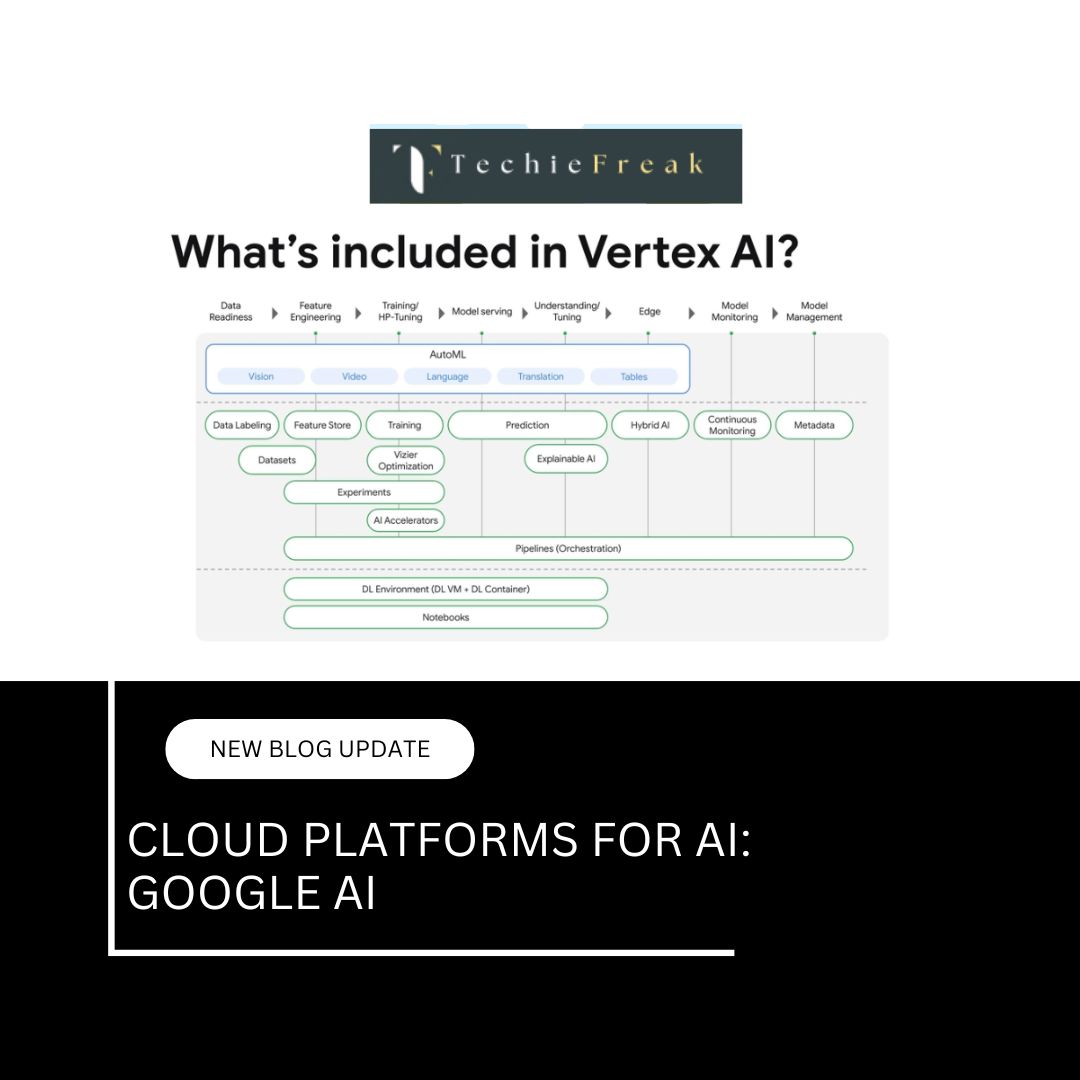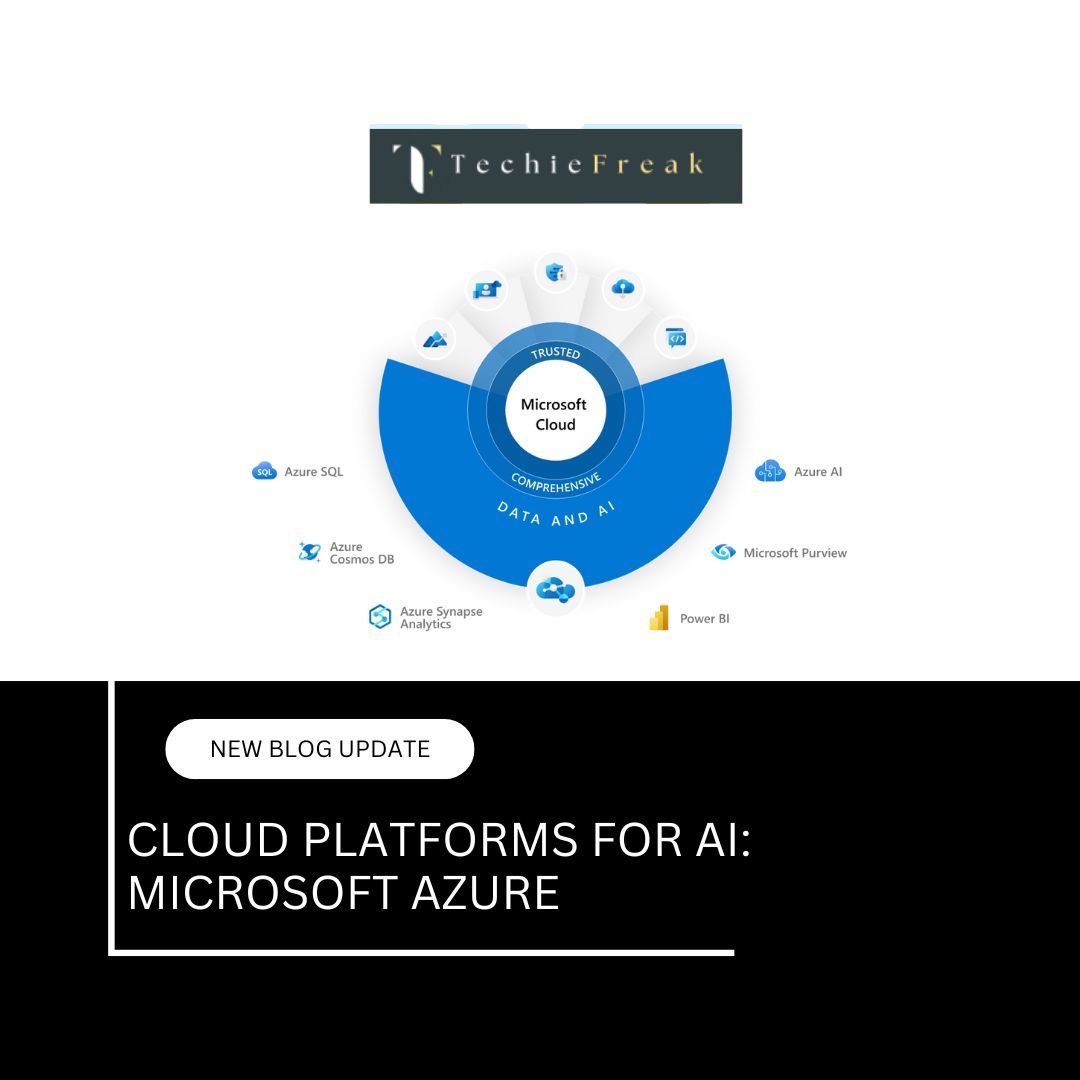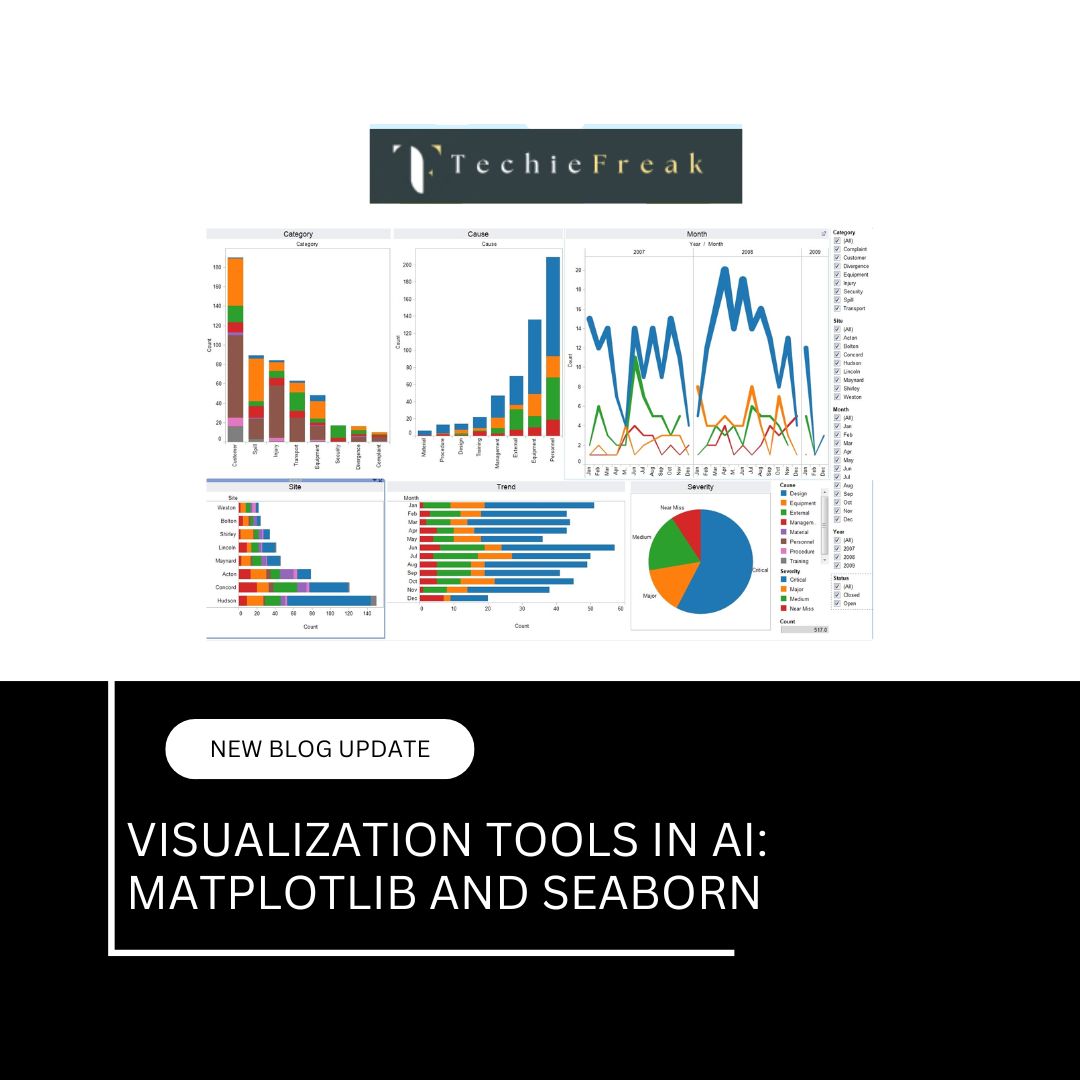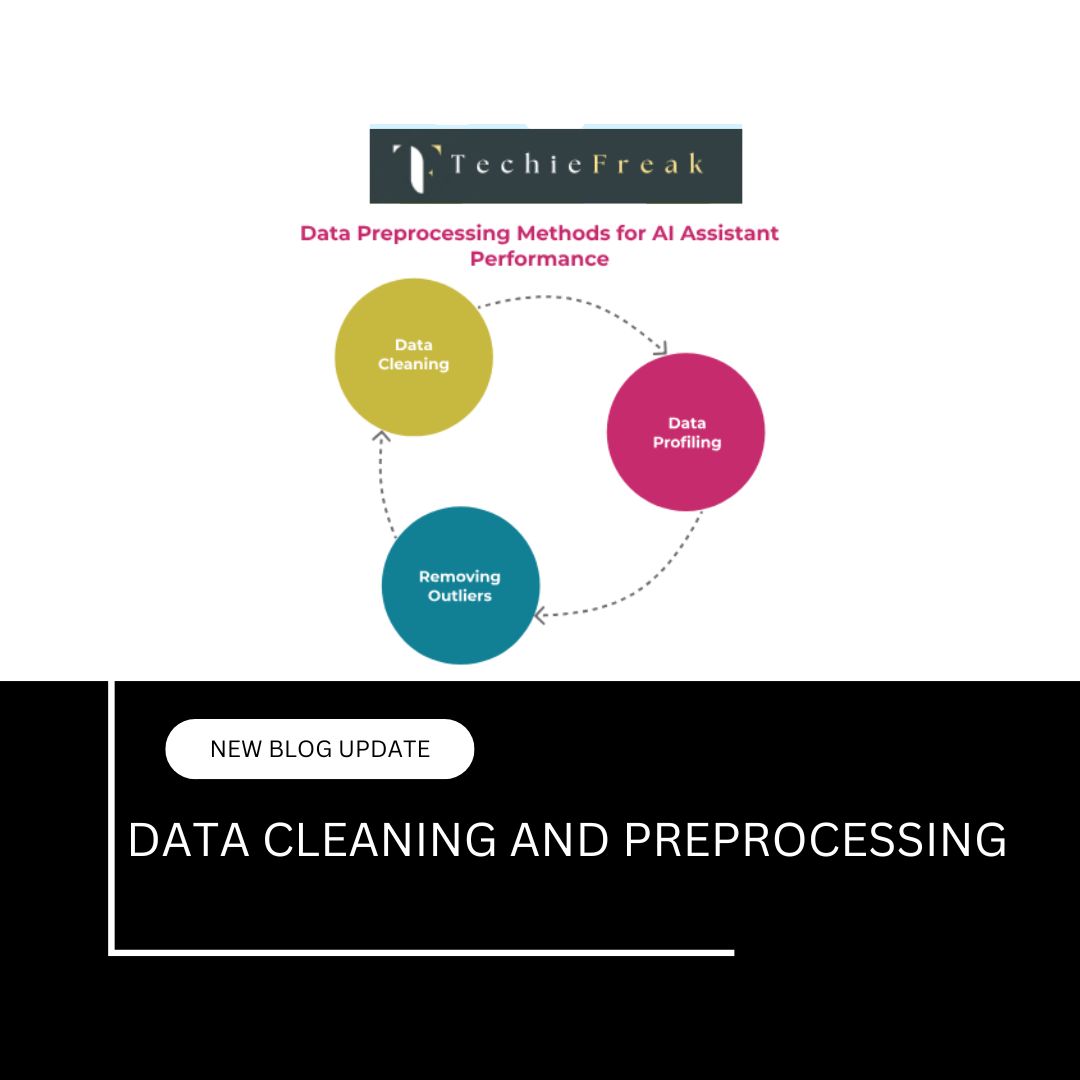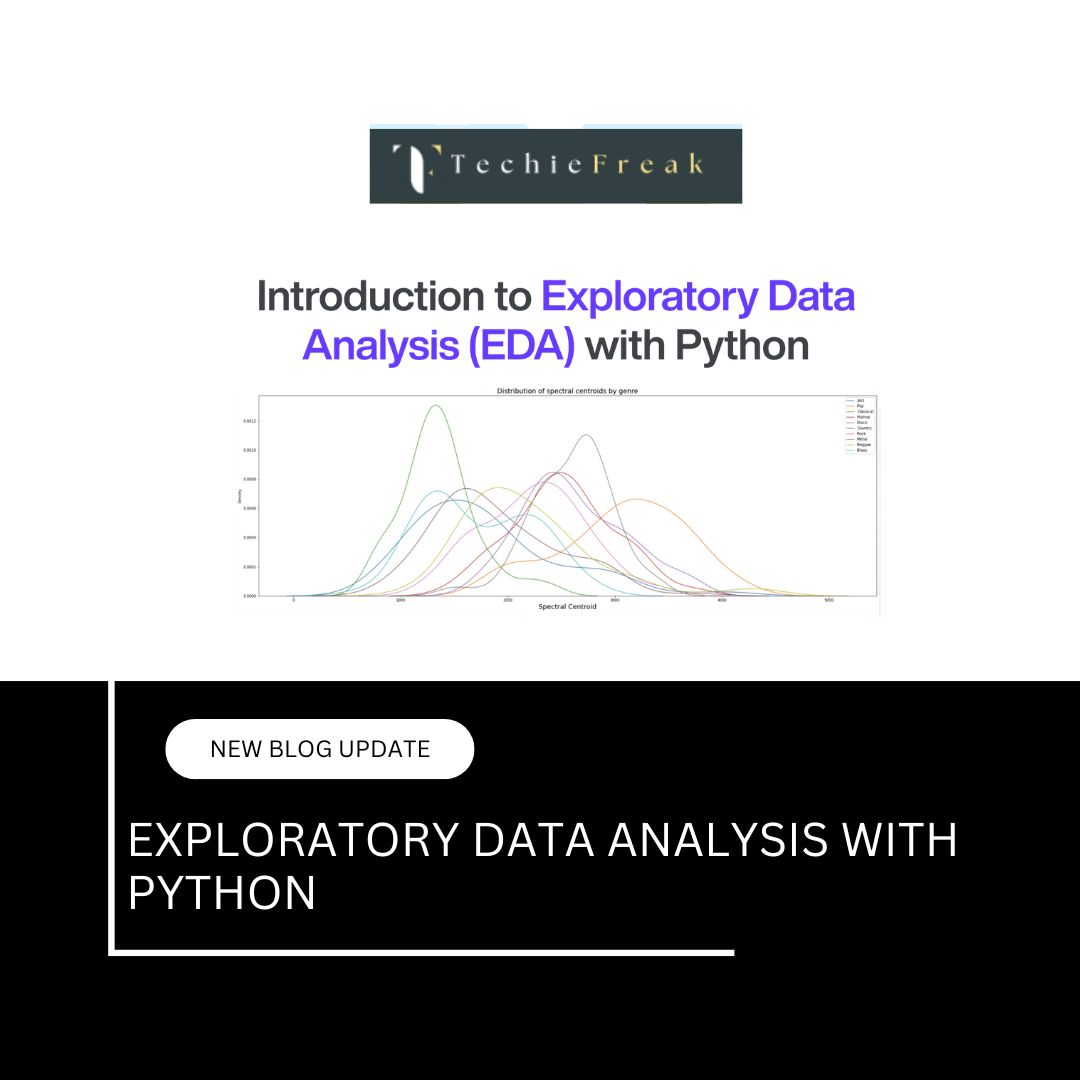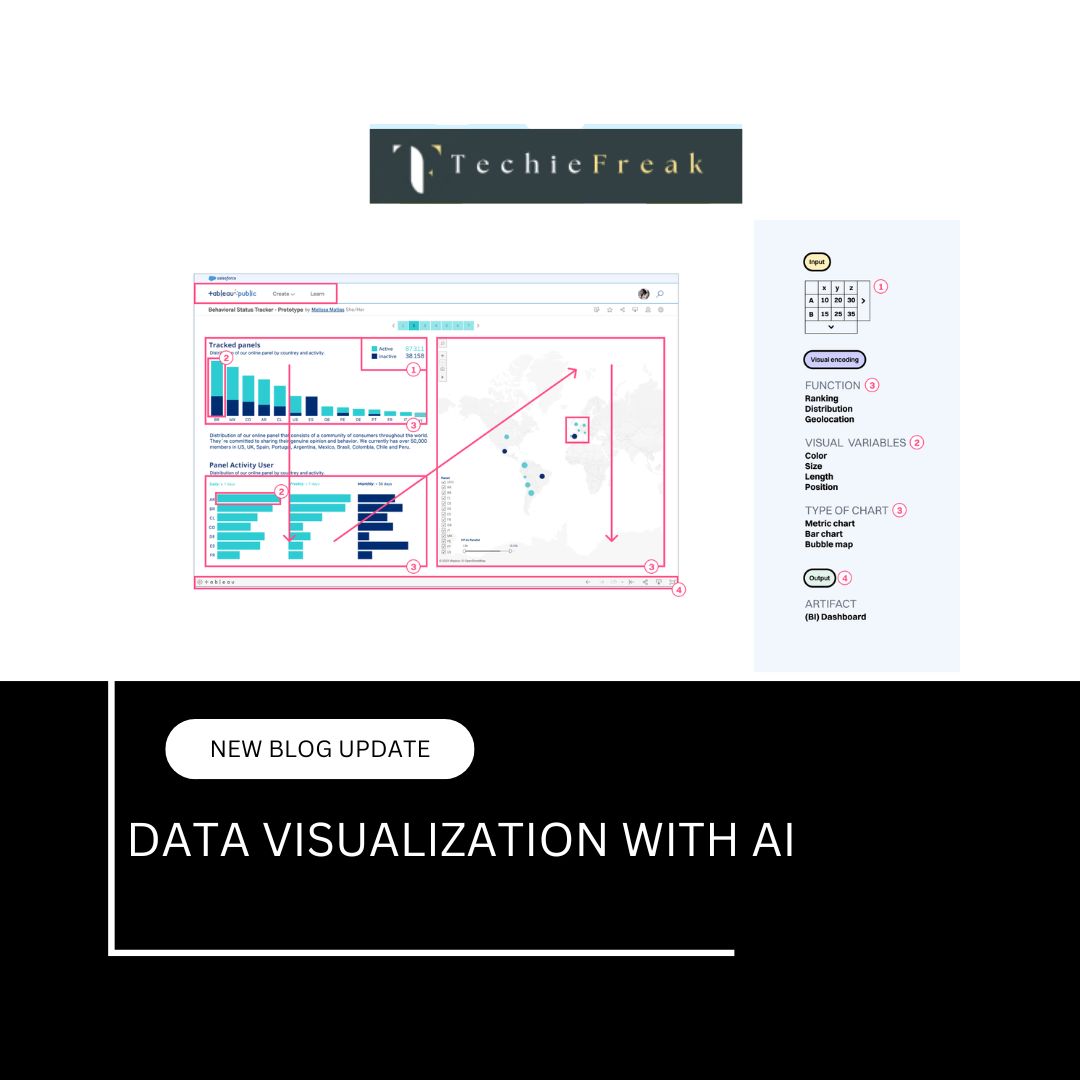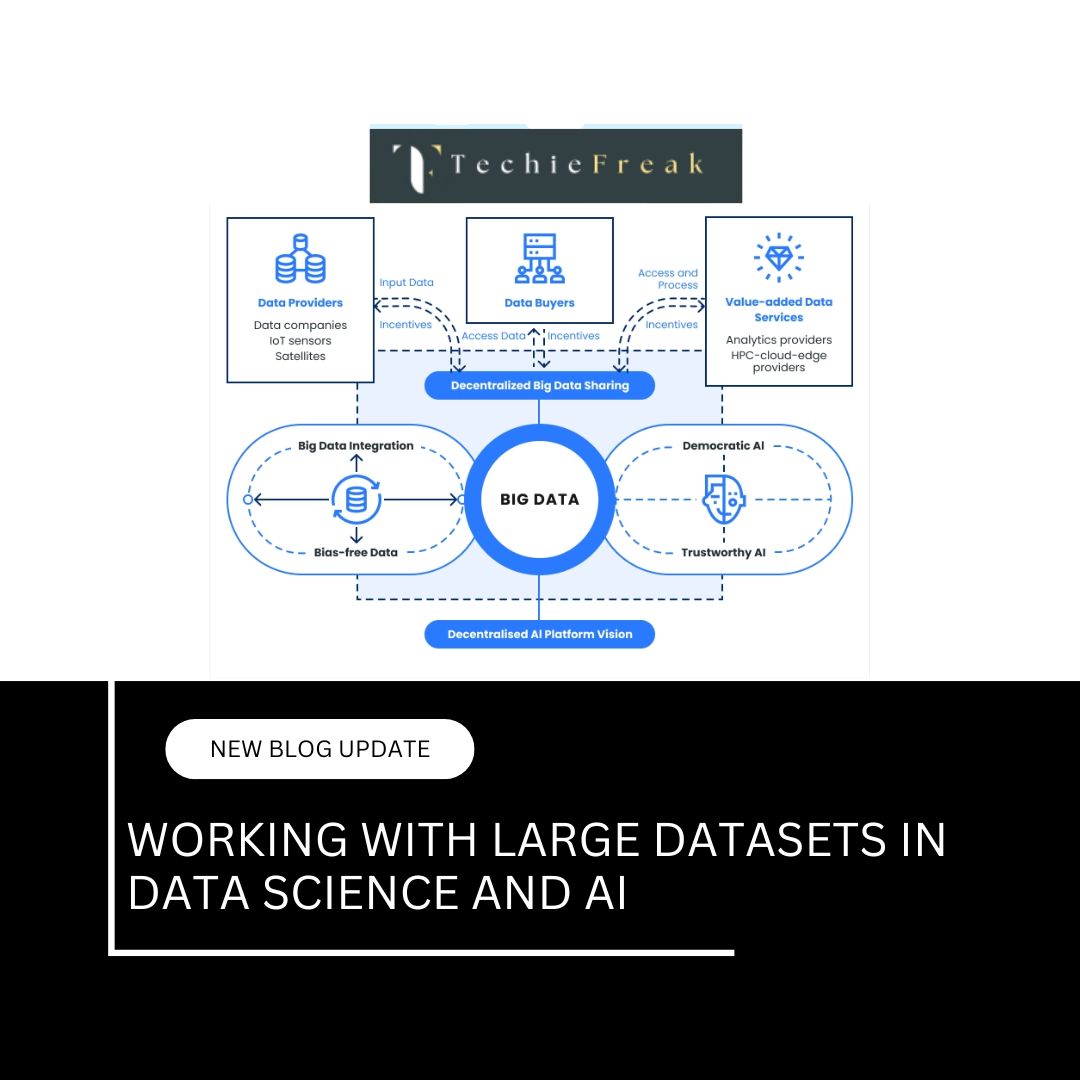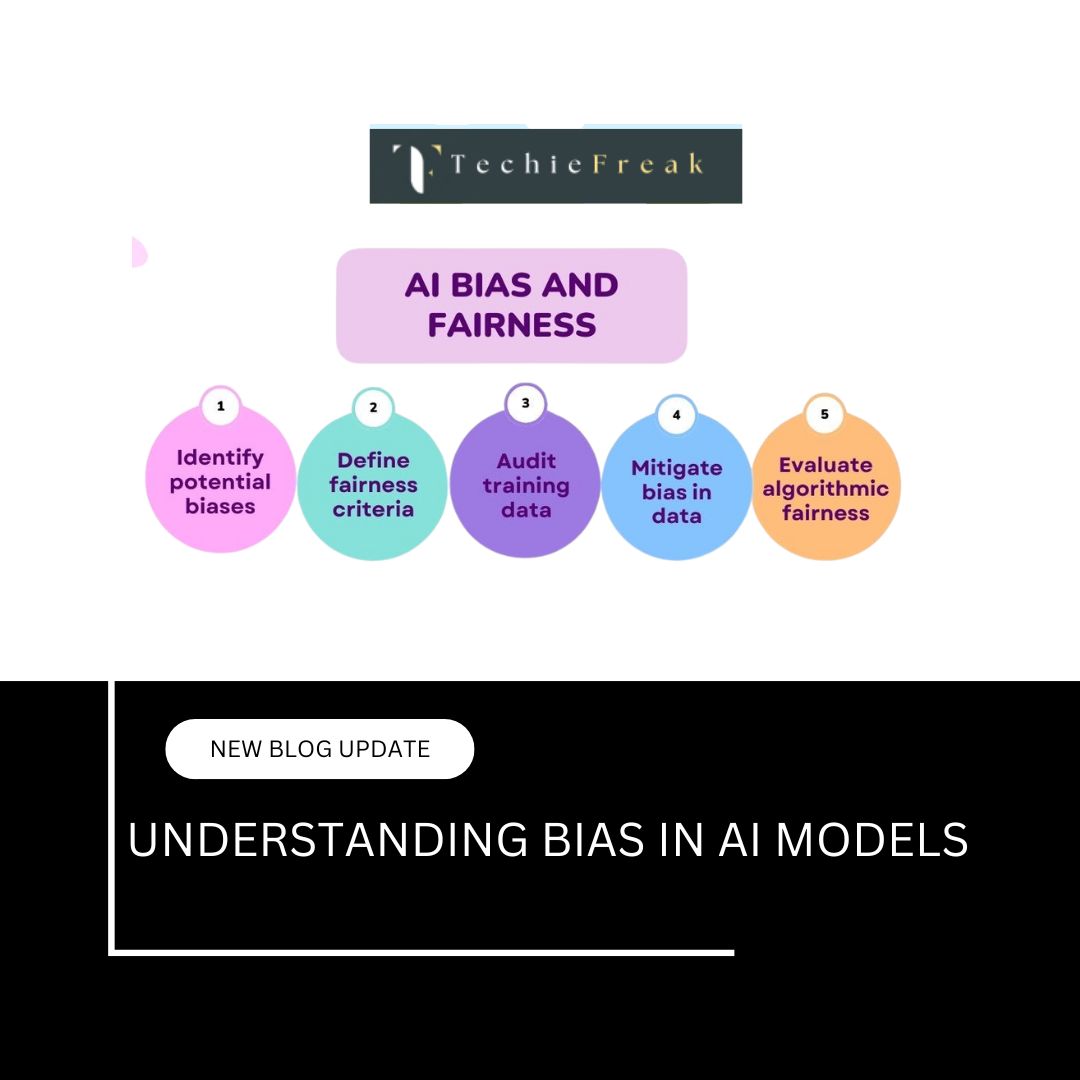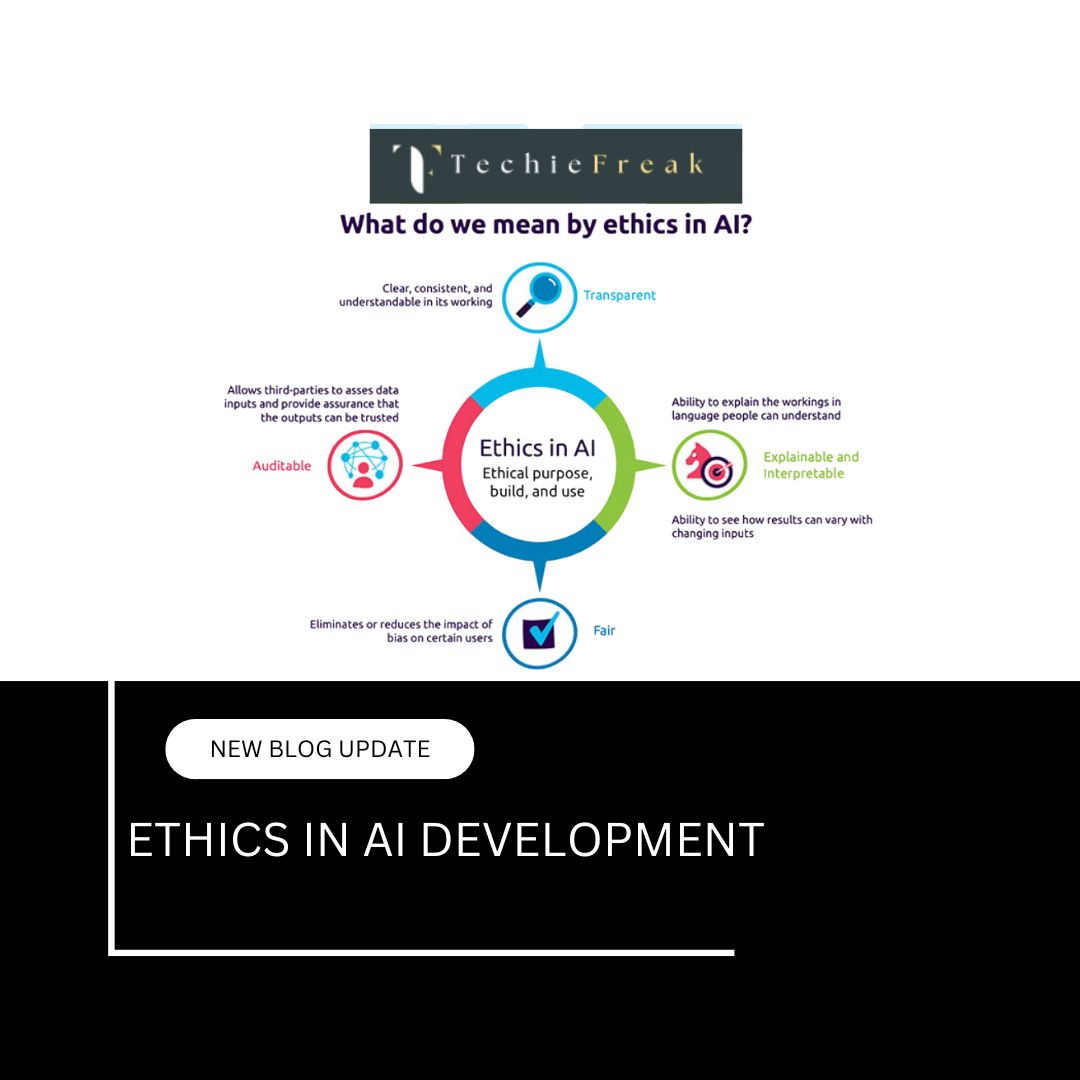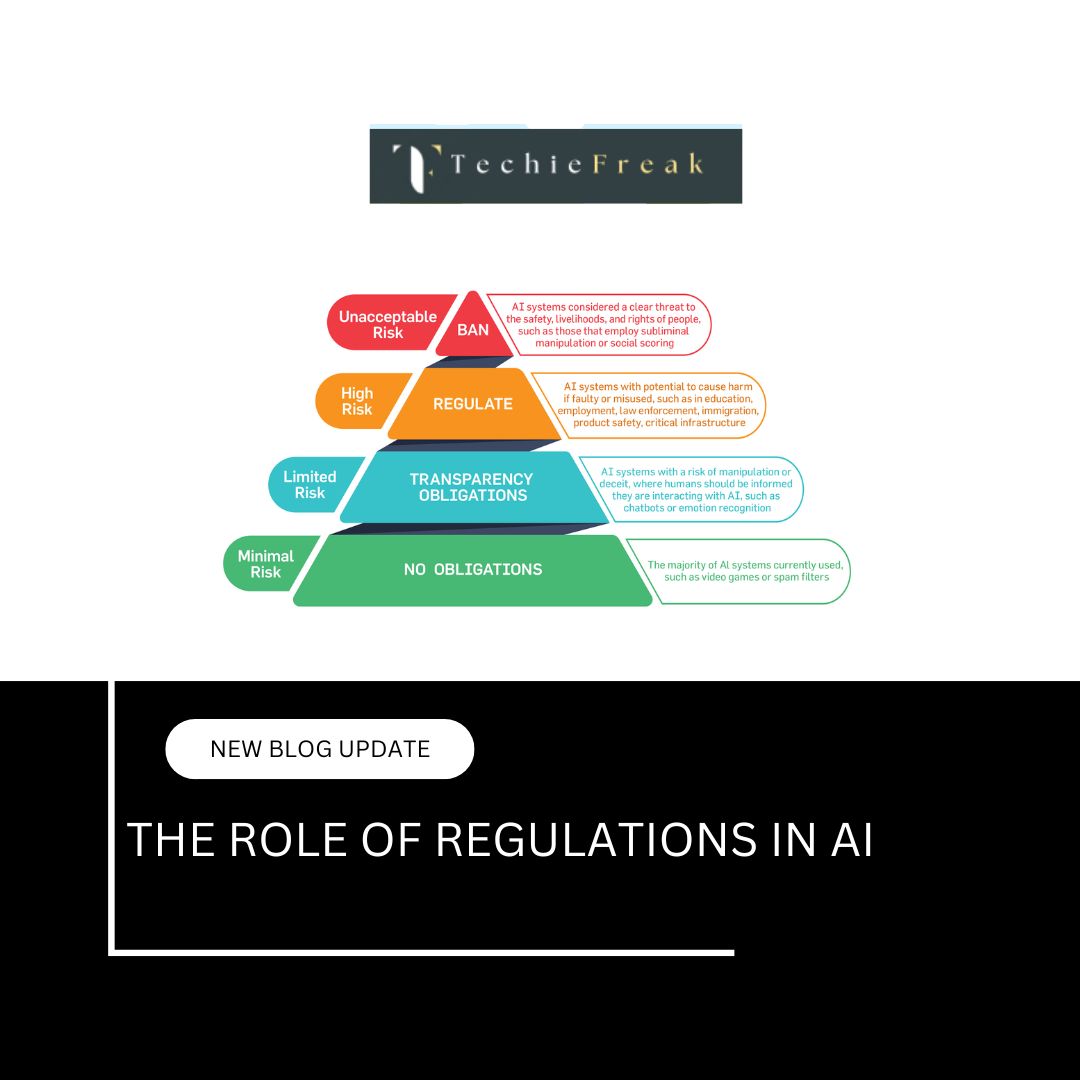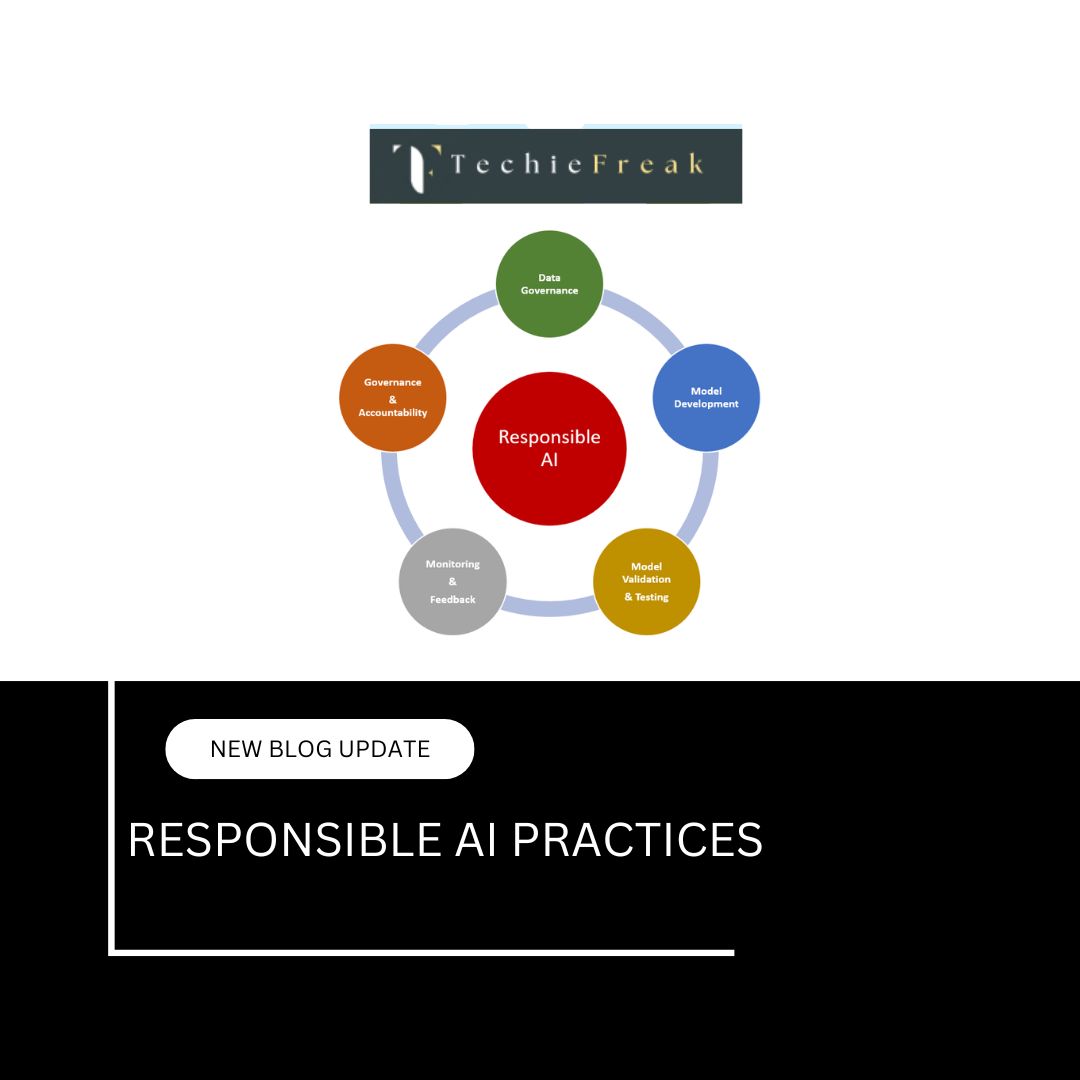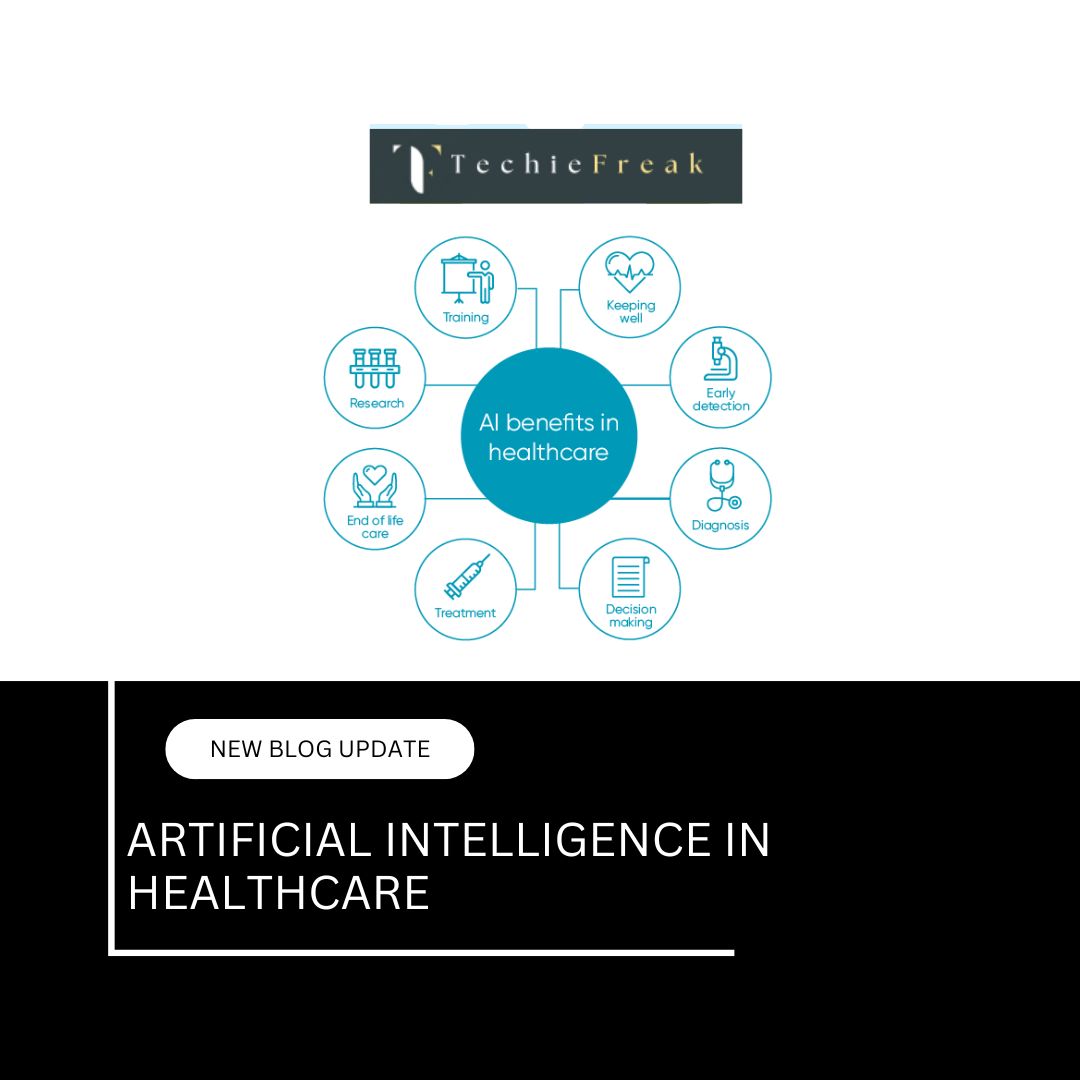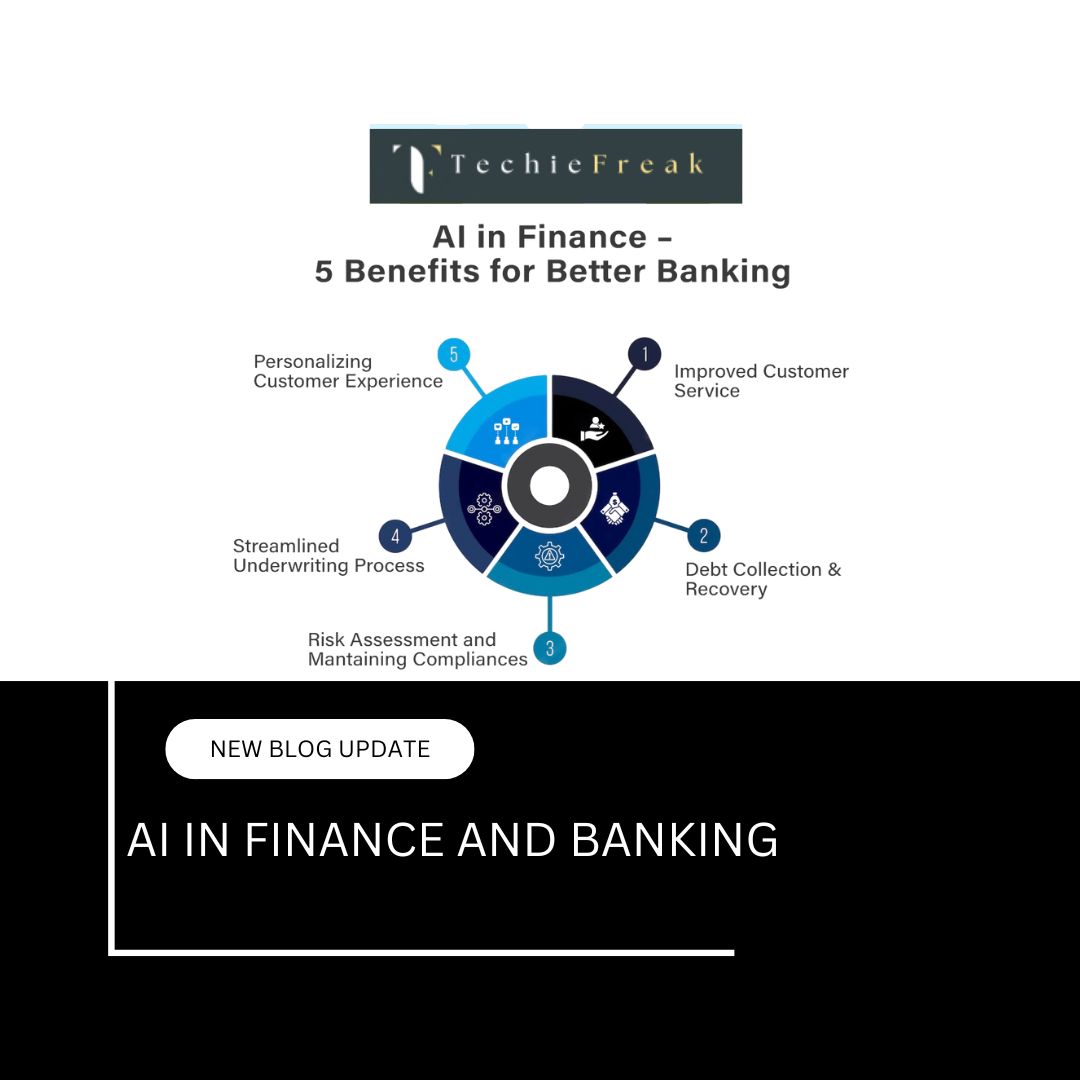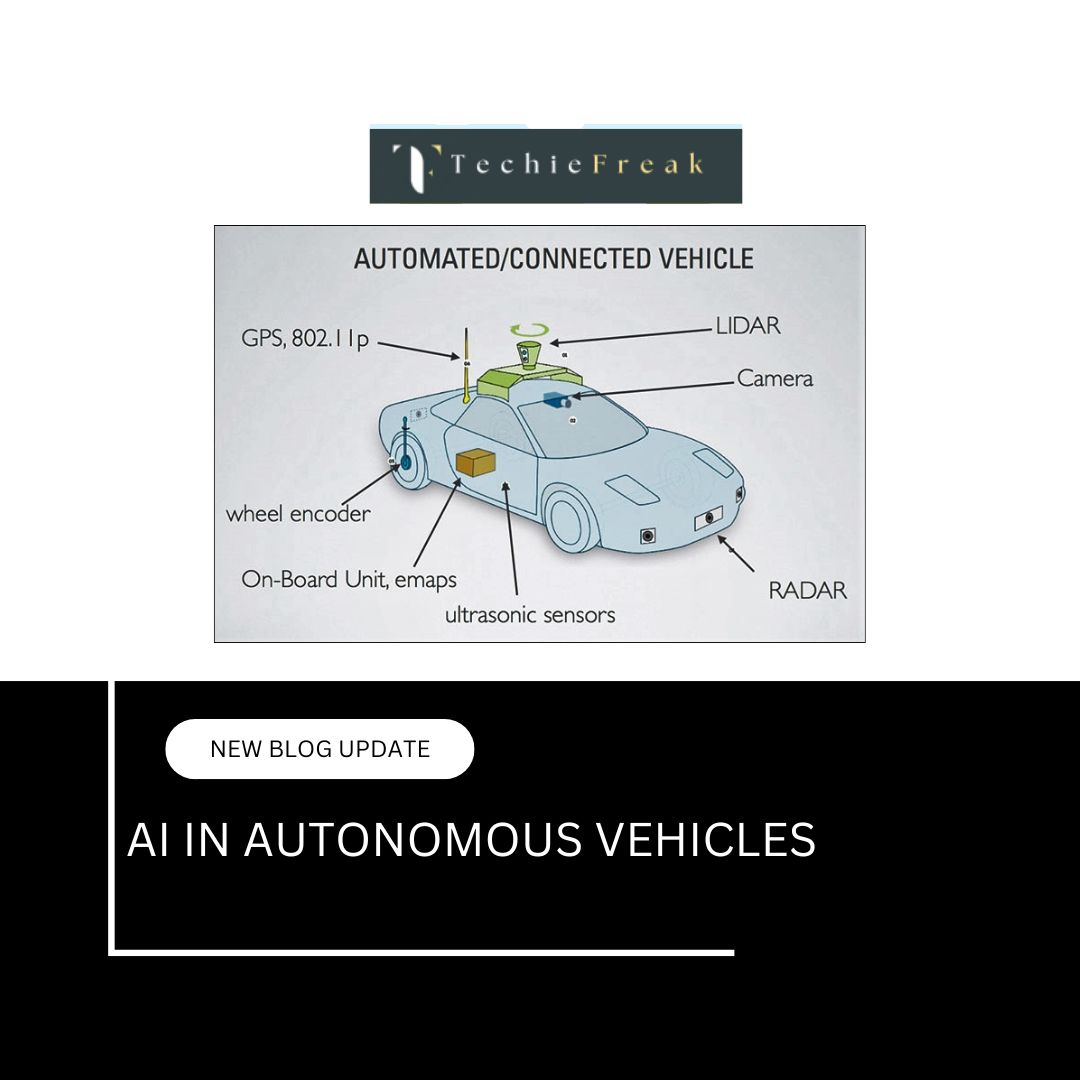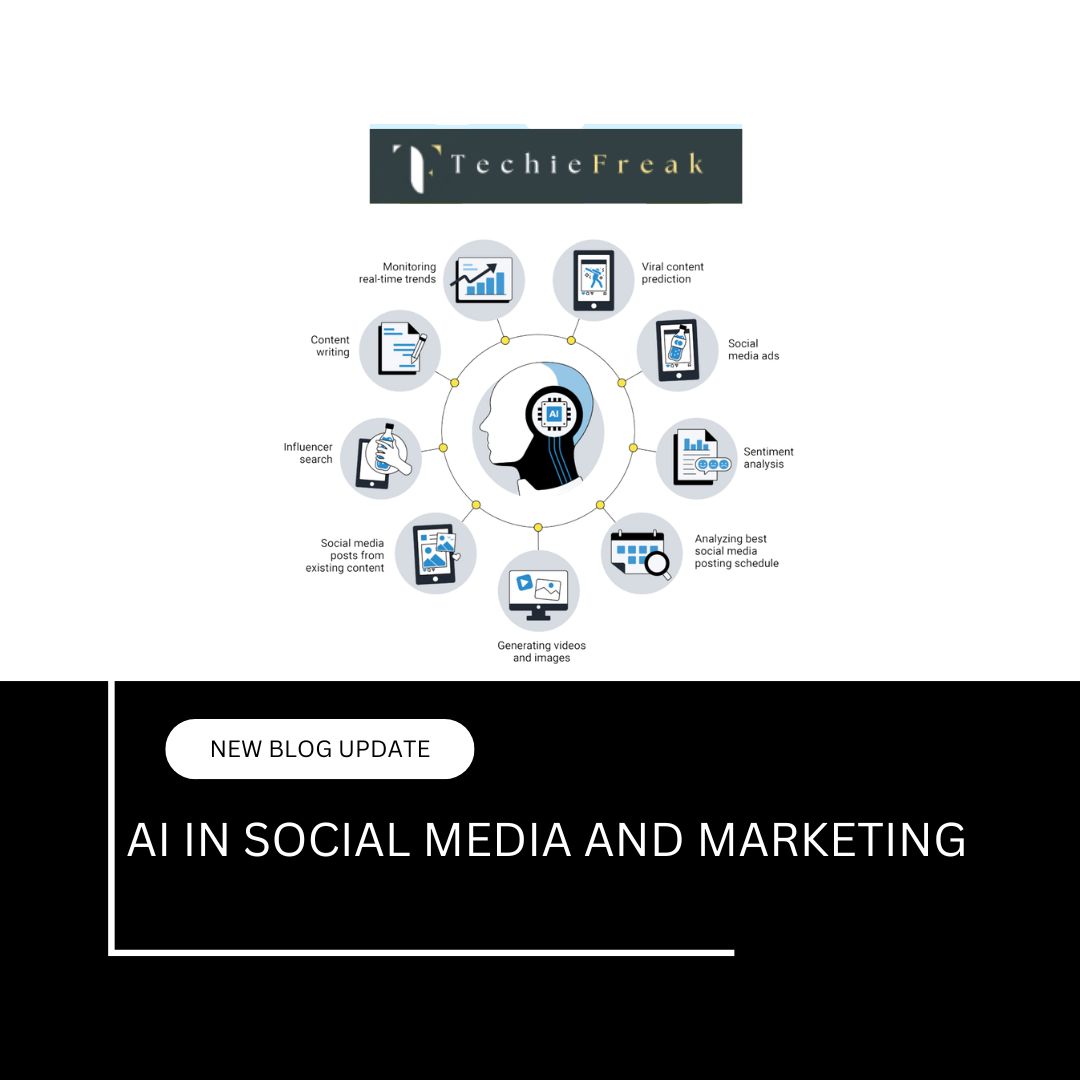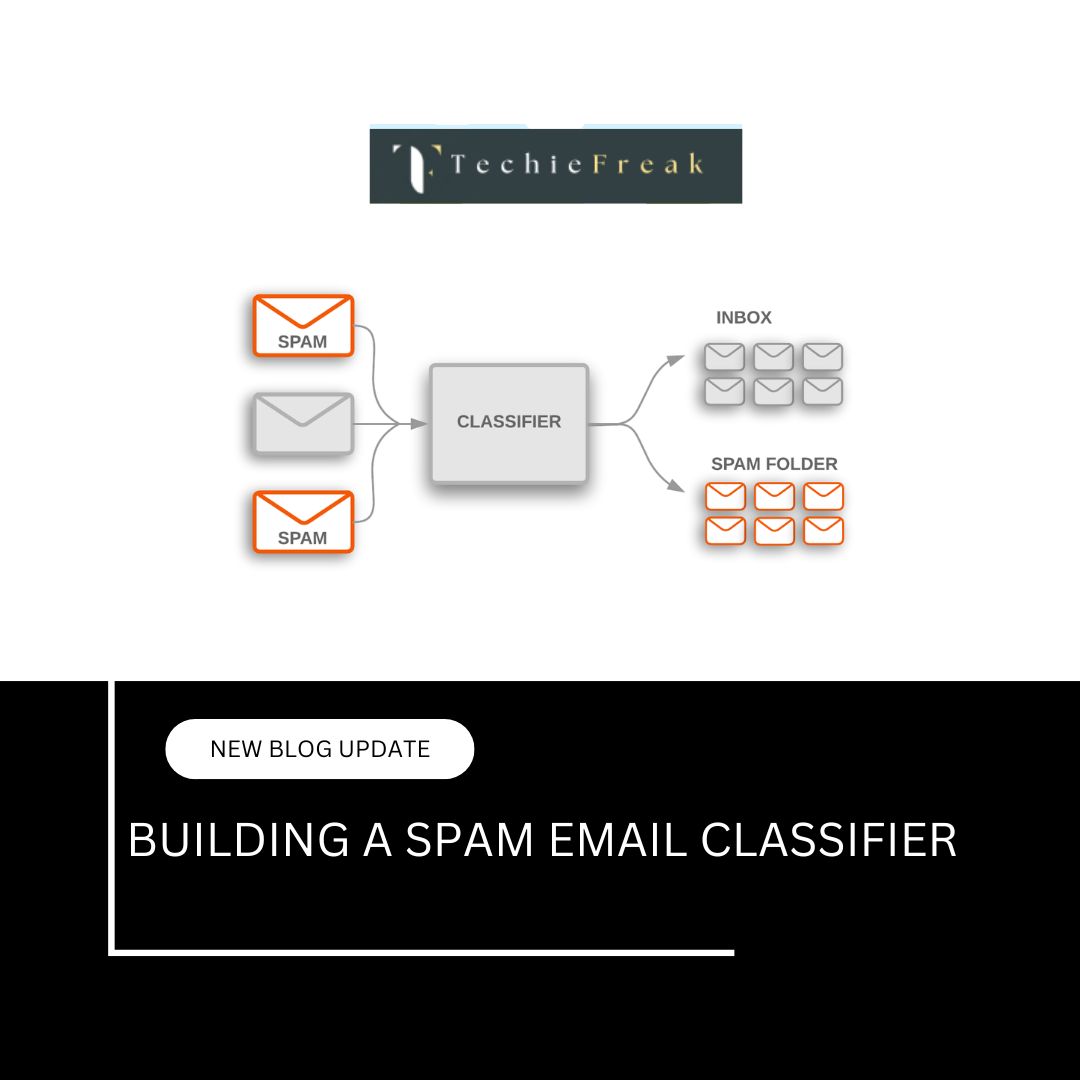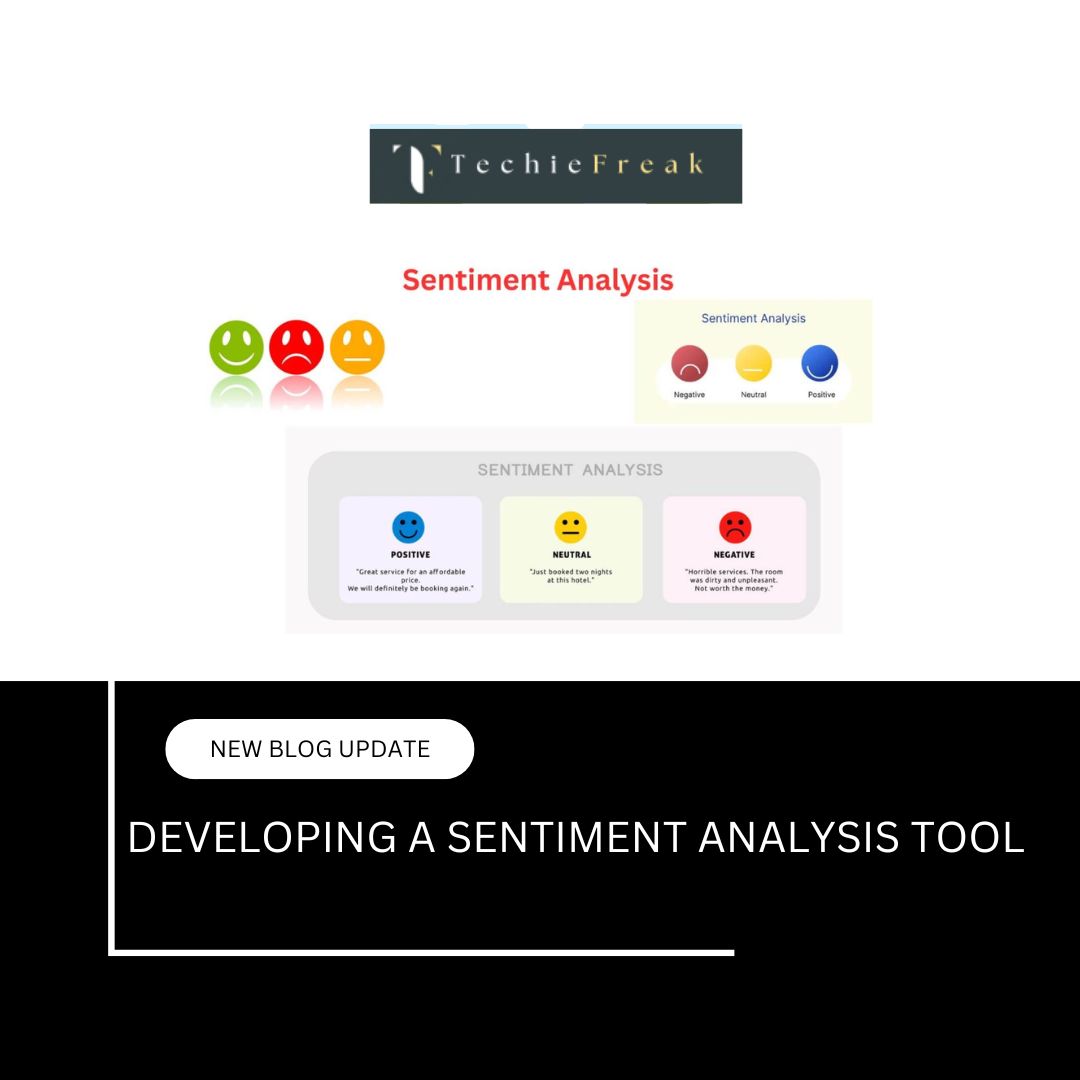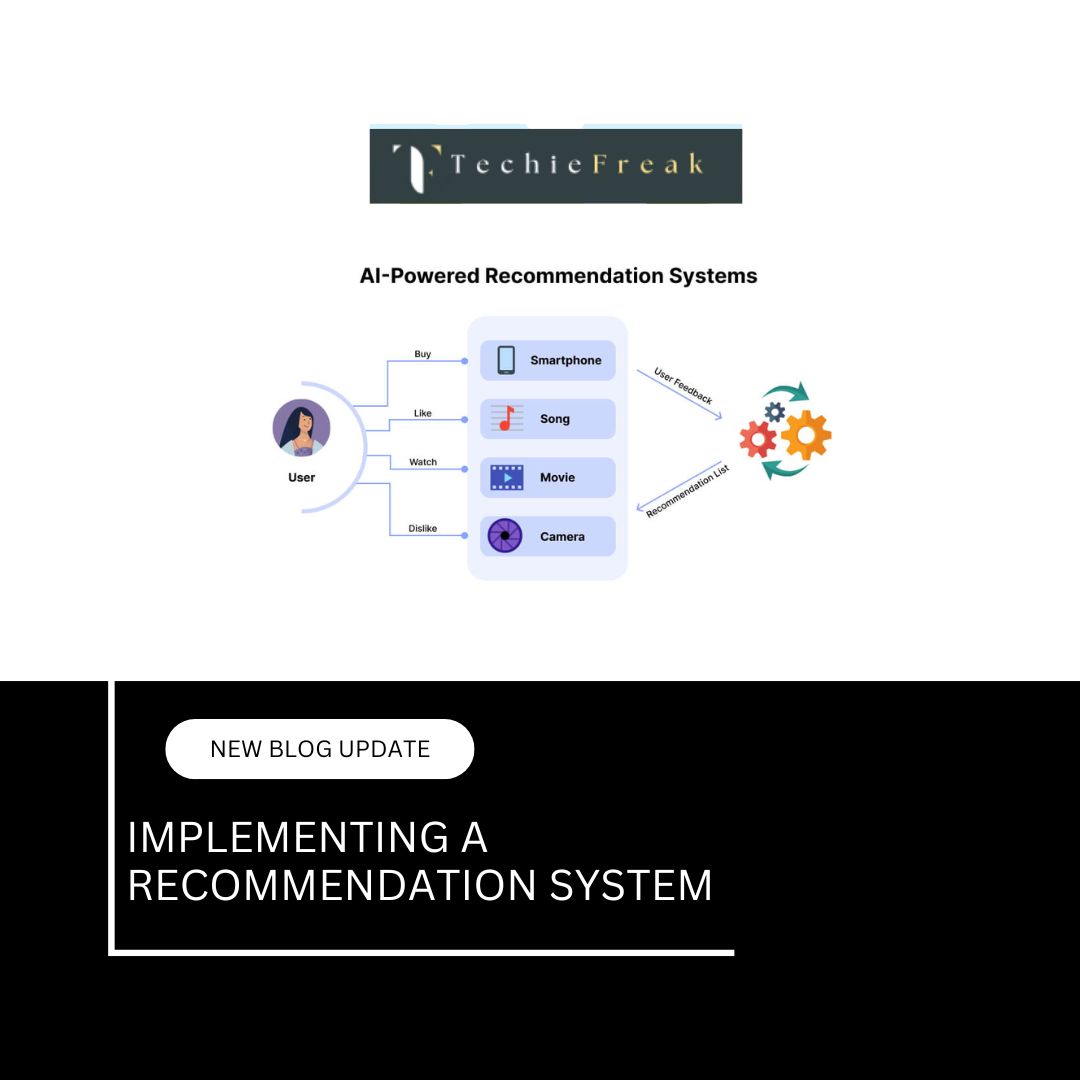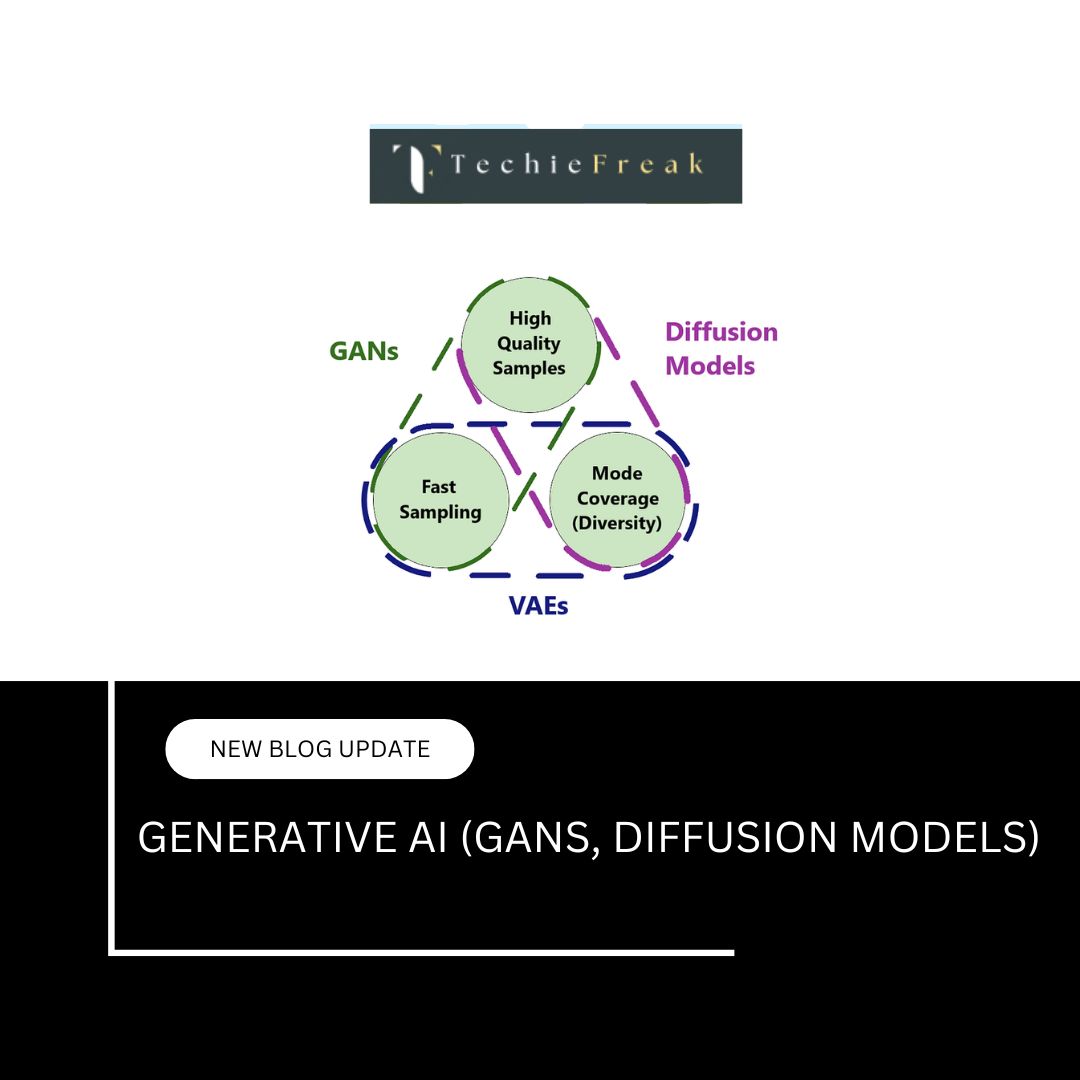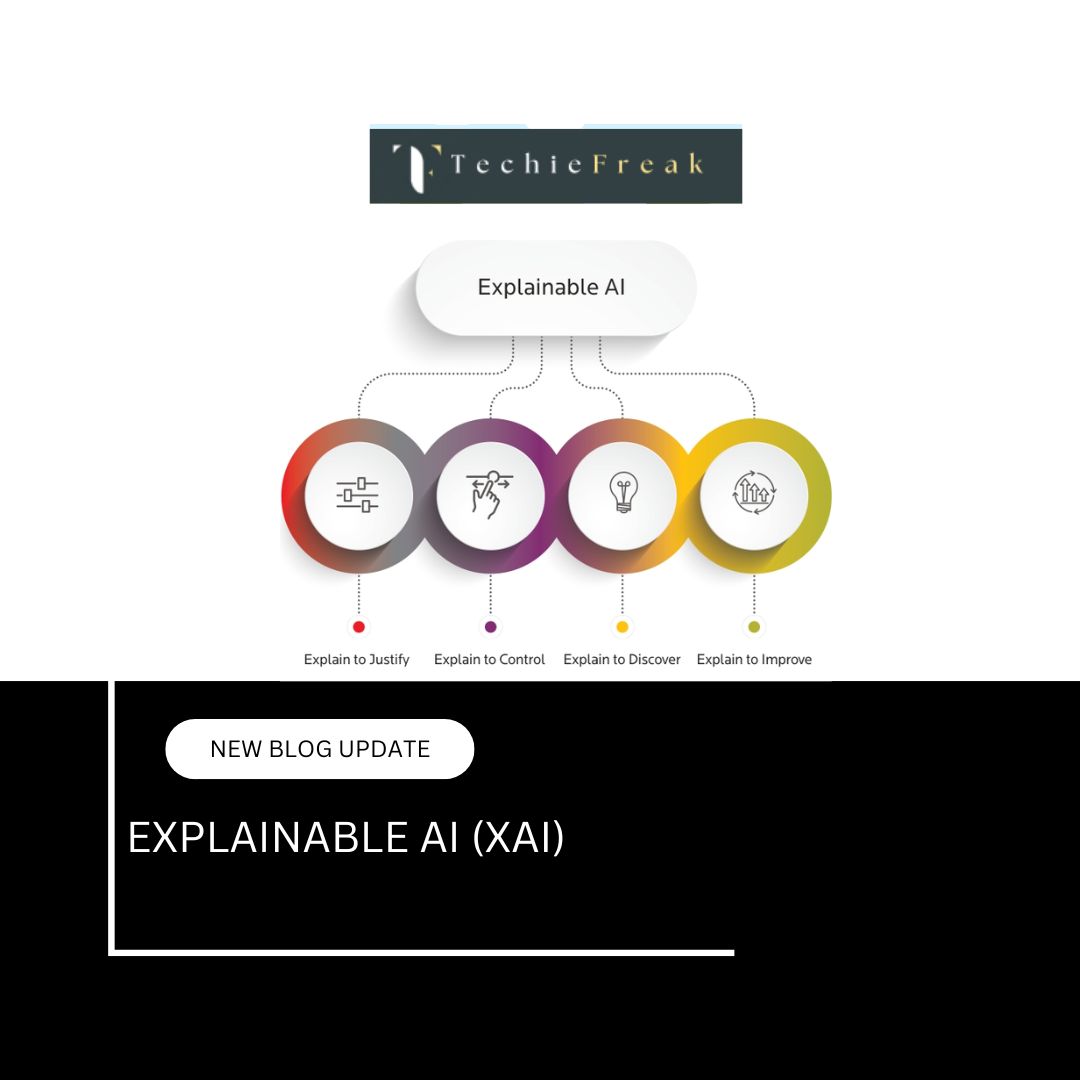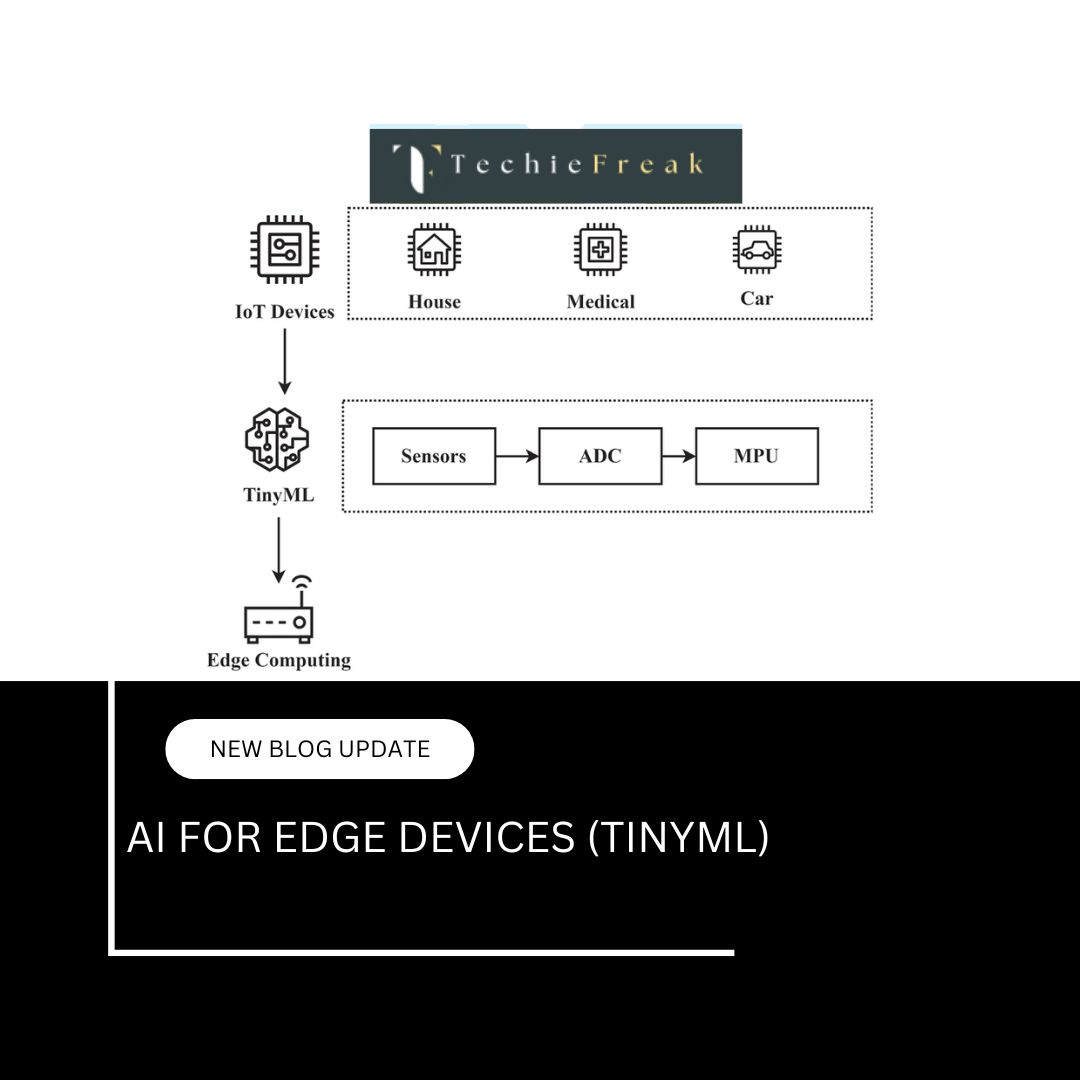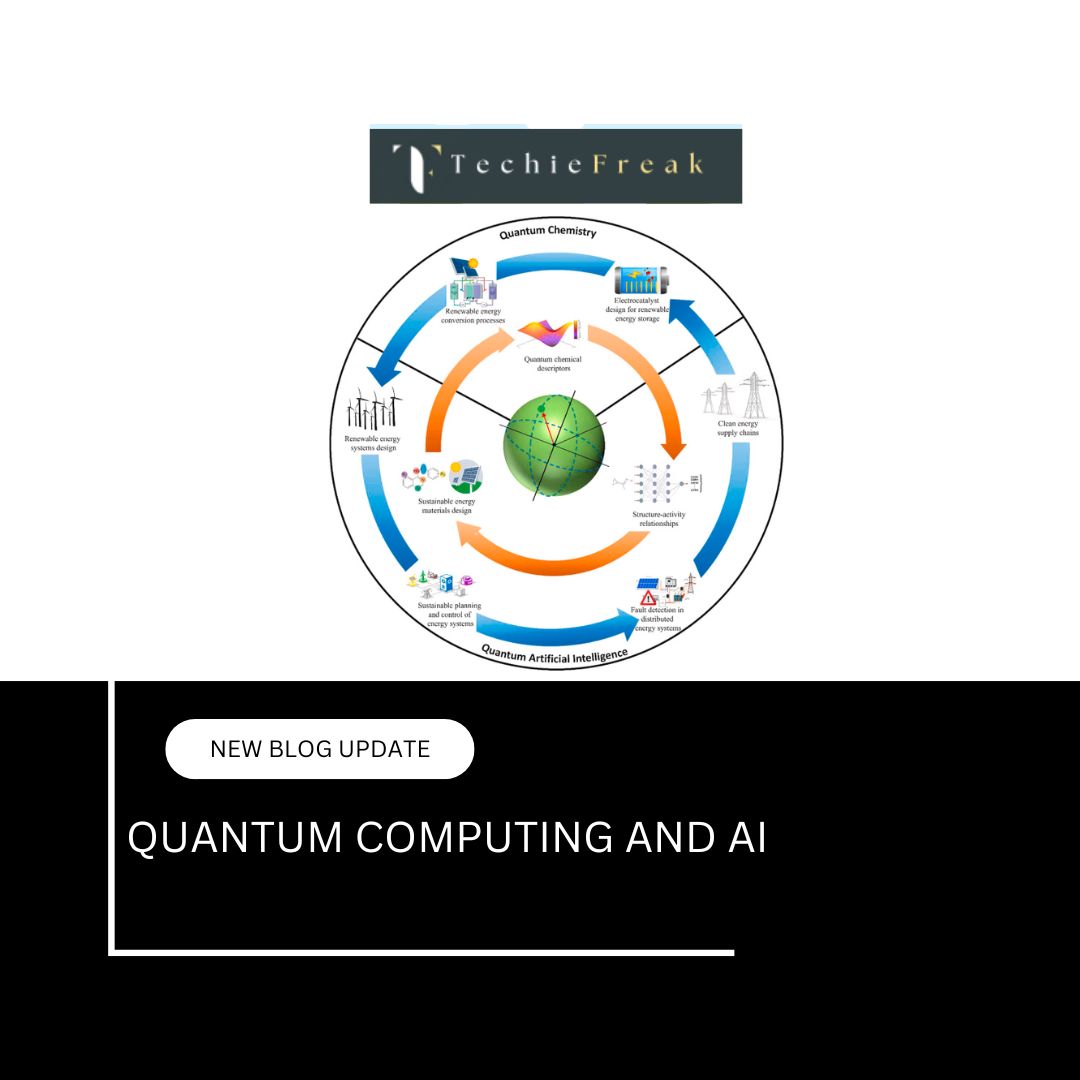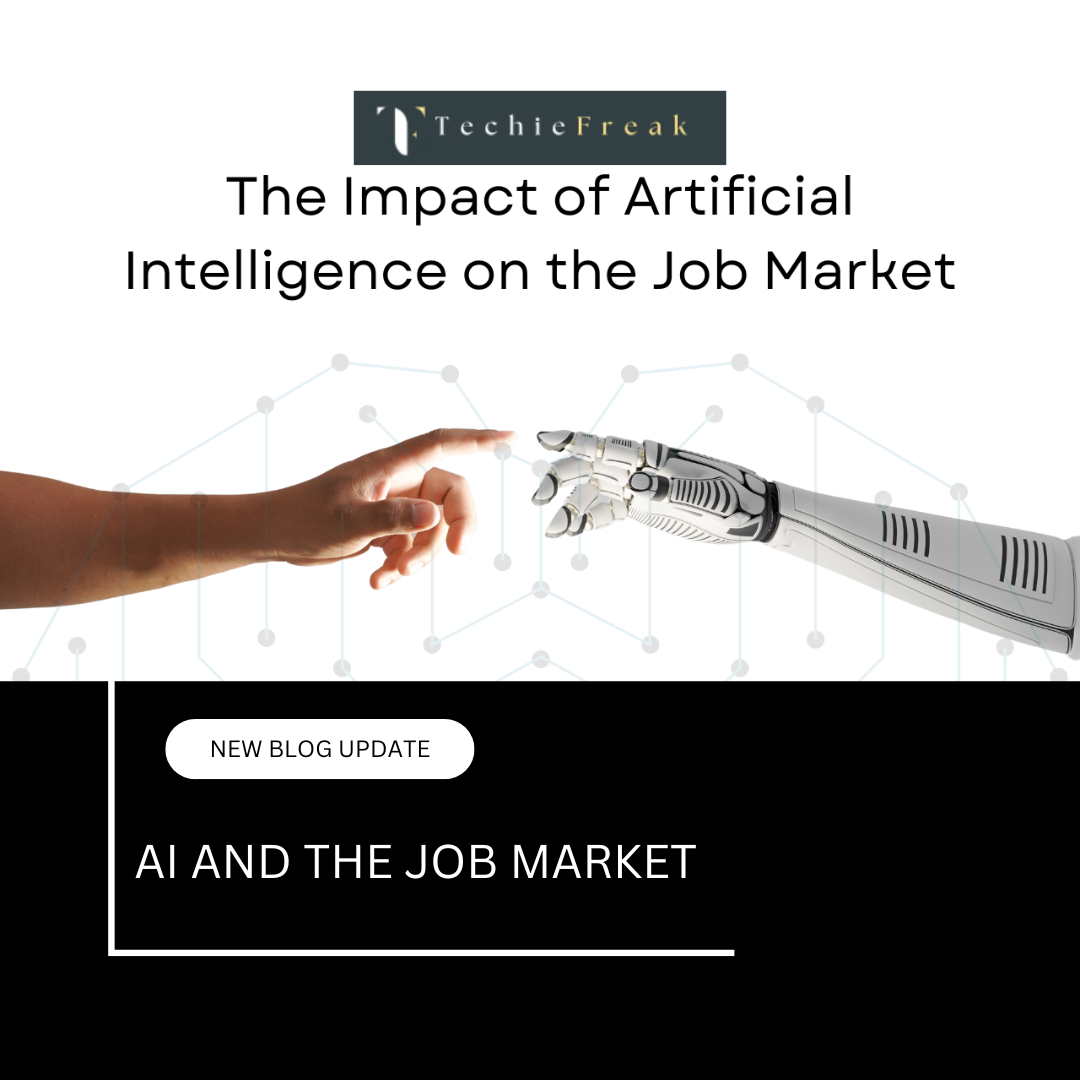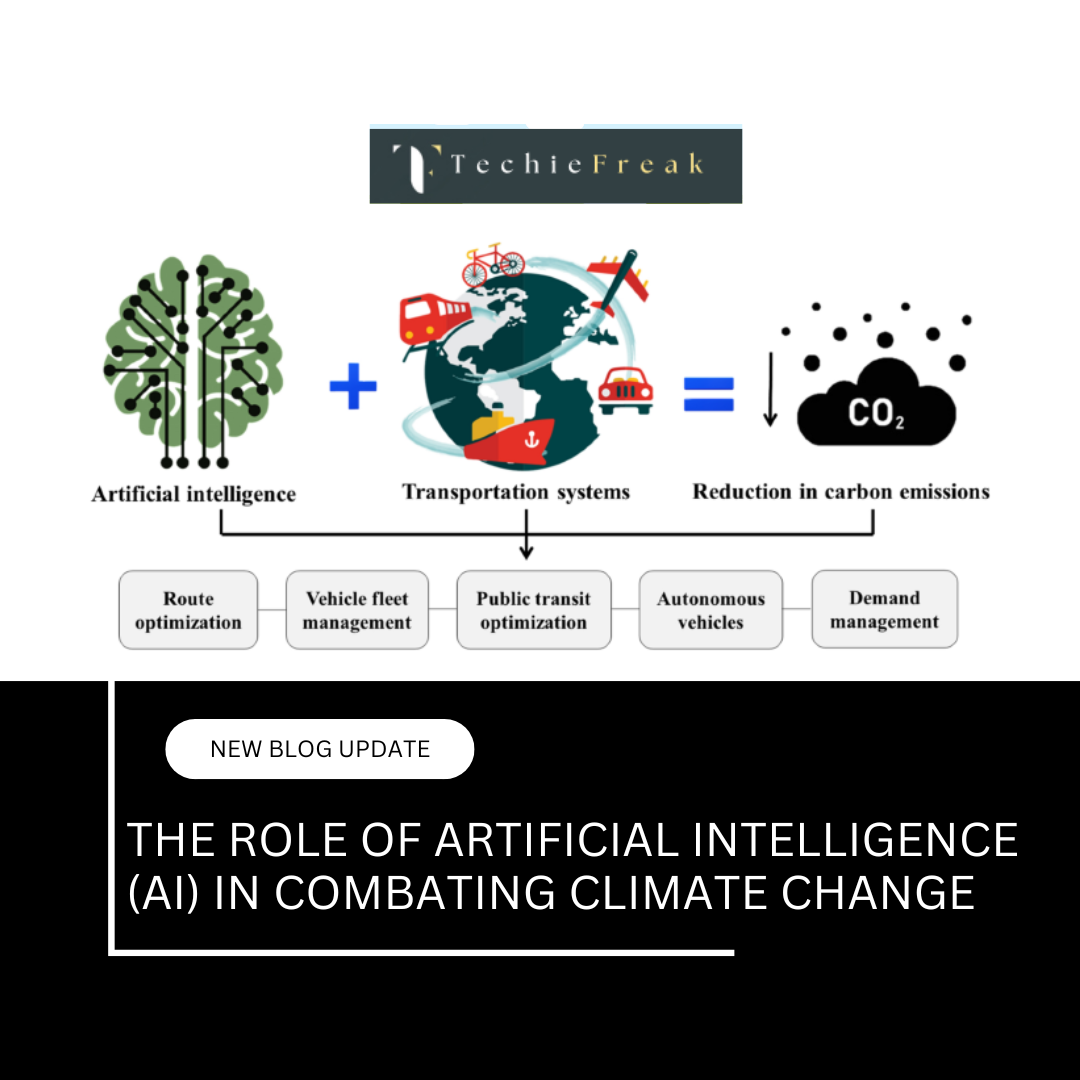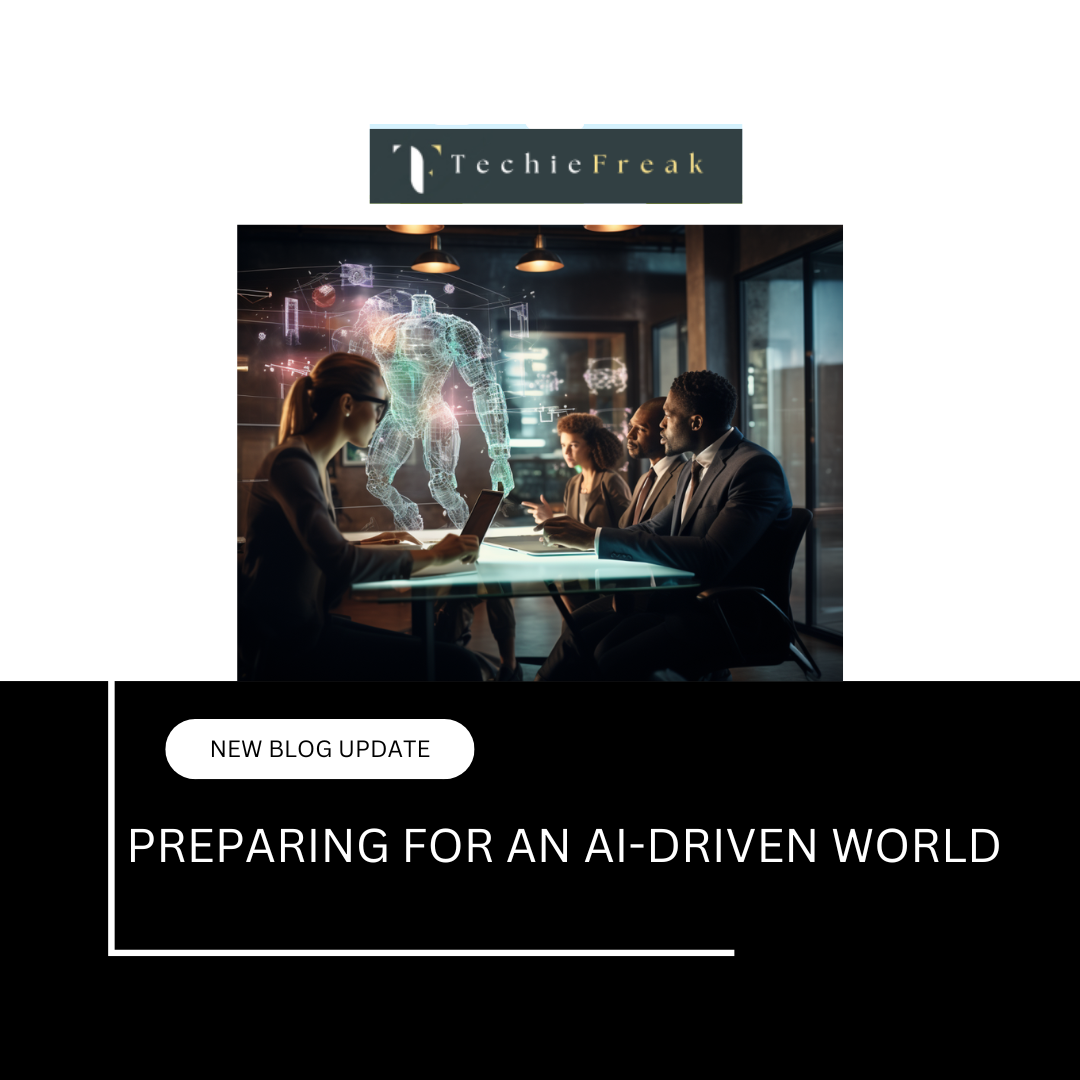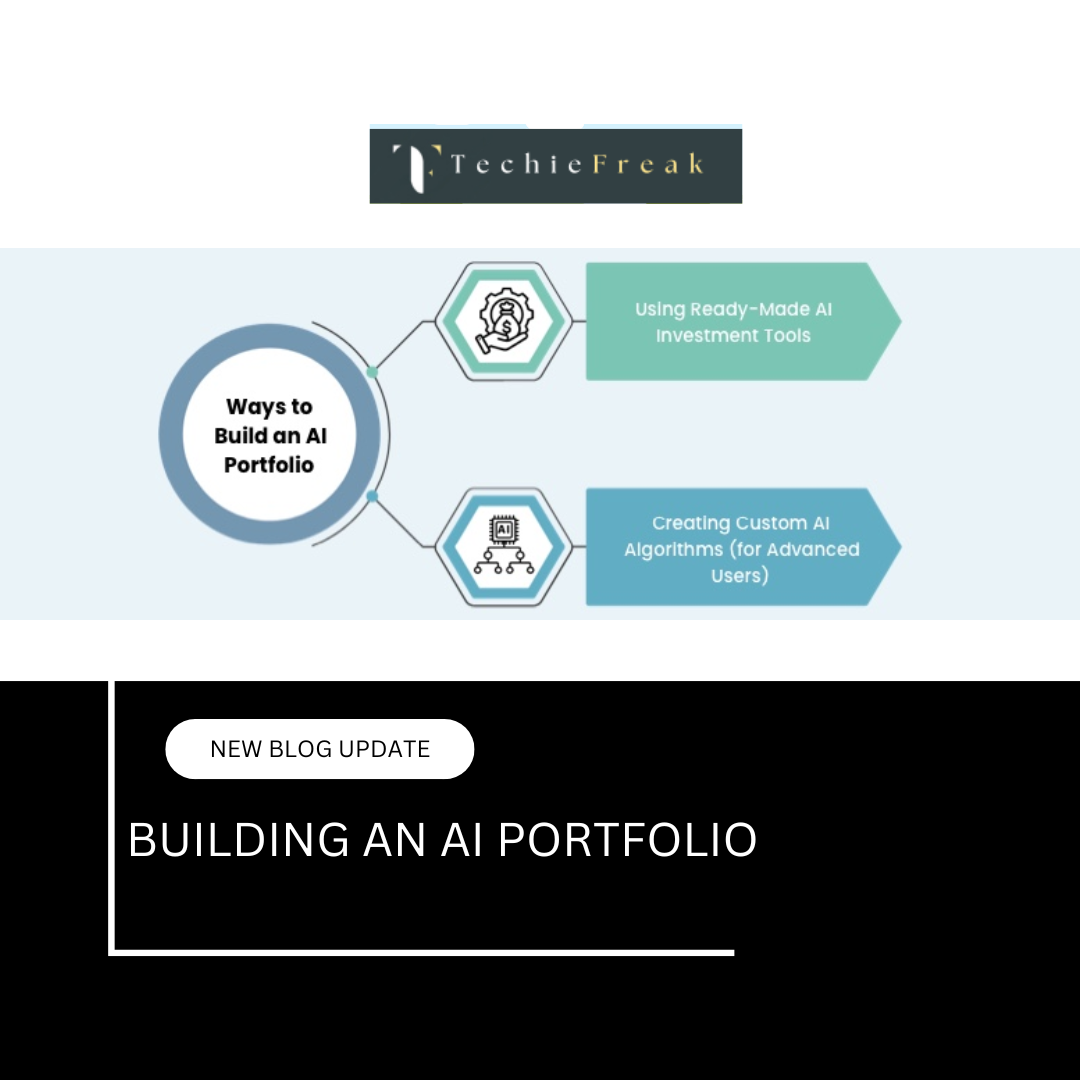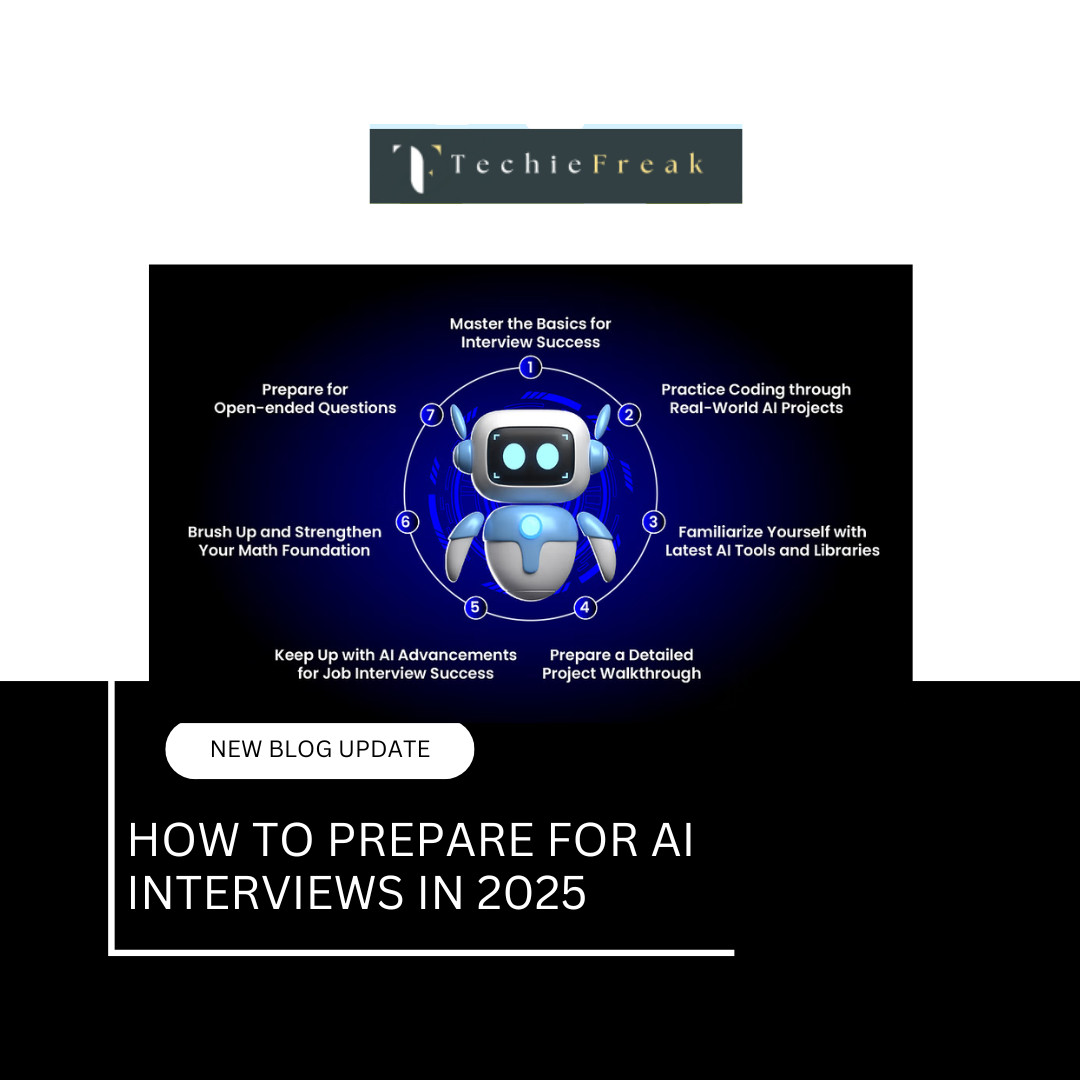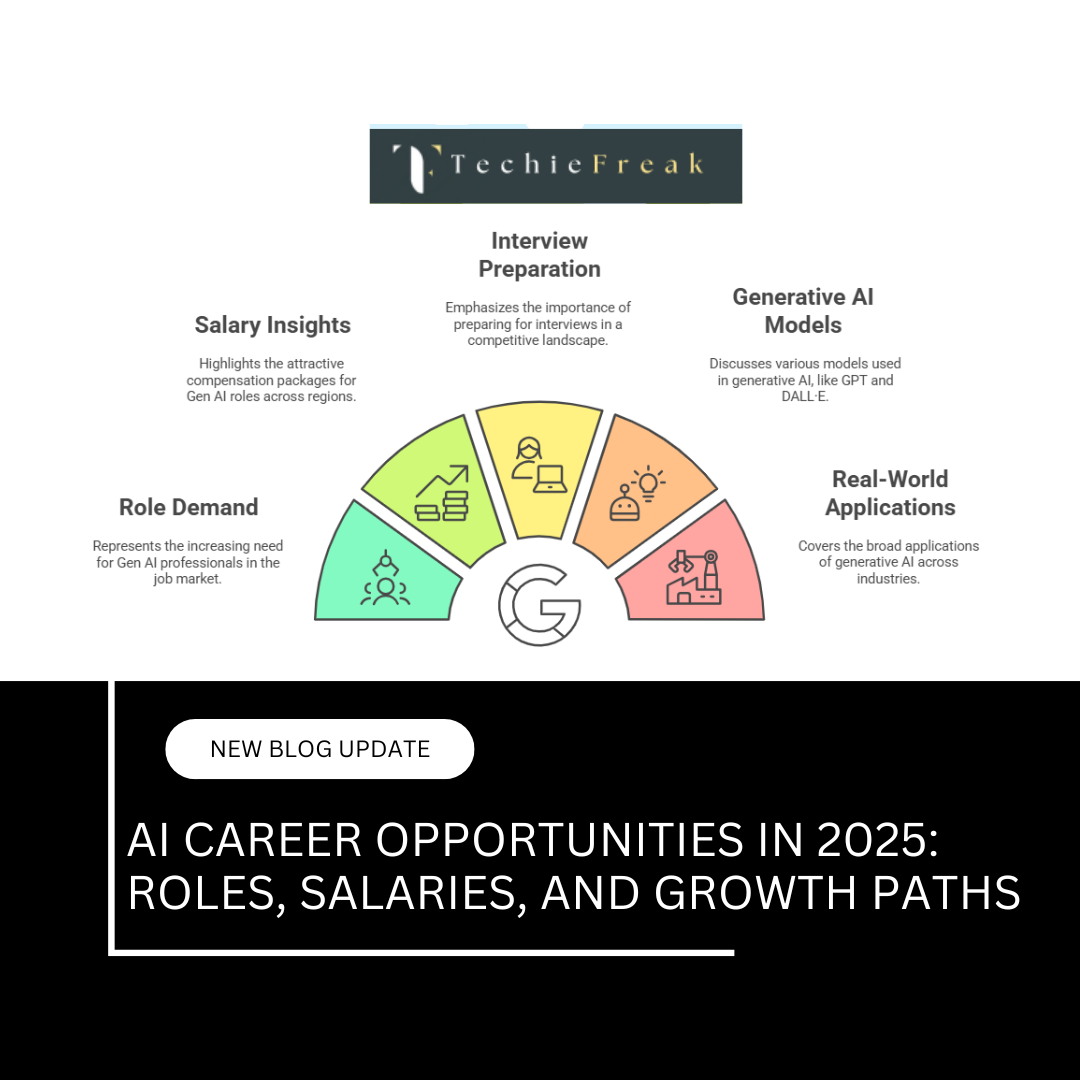Creating an Image Classifier with Convolutional Neural Networks (CNNs)
Introduction
In the world of artificial intelligence (AI), image classification is one of the most exciting and widely-used applications. Whether it's sorting photos, identifying products in a store, or even detecting diseases in medical images, AI-powered image classification plays a key role in many industries. Convolutional Neural Networks (CNNs) are the go-to model for image-related tasks because they are specifically designed to process visual data.
In this blog, we will guide you through the process of building an image classifier using CNNs, from data preprocessing to model training and evaluation.
How AI Works in Image Classification Using CNNs
AI works by training a machine learning model on labeled image data. Here's how CNNs work in the context of image classification:
- Image Input: Images are input into the CNN, which typically consists of several layers like convolutional layers, pooling layers, and fully connected layers.
- Convolutional Layer: This layer applies filters (also known as kernels) to the image, helping the model to identify features like edges, textures, and shapes.
- Activation Function: The ReLU (Rectified Linear Unit) activation function is often used to introduce non-linearity, allowing the model to learn complex patterns.
- Pooling Layer: The pooling layer reduces the spatial dimensions of the image, helping to reduce computational cost and overfitting.
- Fully Connected Layer: After several convolutions and pooling operations, the fully connected layer classifies the image into one of the target categories.
- Output Layer: The output layer assigns probabilities to each class, and the class with the highest probability is chosen as the predicted label.
By the end of this blog, you'll have an understanding of how CNNs can be applied to classify images effectively.
Steps to Build an Image Classifier with CNNs
Let’s go through the process of building an image classifier step by step.
Certainly! Here's the complete process for building an image classifier with Convolutional Neural Networks (CNNs) in one cohesive explanation, including the outputs at each step.
Step 1: Install Required Libraries
To get started, we need to install the necessary libraries, primarily TensorFlow (for building the model) and Matplotlib (for visualizations). To install TensorFlow, run:
pip install tensorflow
Once installed, you can verify that the libraries are installed correctly by attempting to import them:
import tensorflow as tf
import matplotlib.pyplot as plt
There is no direct output from this step other than the successful installation of the libraries.
Step 2: Load the Dataset
We will use the CIFAR-10 dataset, which is available directly through TensorFlow.
(x_train, y_train), (x_test, y_test) = tf.keras.datasets.cifar10.load_data()
Output:
- x_train and x_test are numpy arrays with shape (num_samples, 32, 32, 3), where 32x32 is the size of each image and 3 is the number of color channels (RGB).
- y_train and y_test are numpy arrays with shape (num_samples, 1) containing the class labels (0 to 9).
To verify the dataset shape:
print(x_train.shape) # Output: (50000, 32, 32, 3)
print(y_train.shape) # Output: (50000, 1)
Step 3: Preprocess the Data
For better performance, we'll normalize the pixel values of the images to be between 0 and 1.
x_train = x_train / 255.0
x_test = x_test / 255.0
Output:
- The x_train and x_test arrays are now scaled to values between 0 and 1, which helps the model learn better.
If you're using data augmentation, you can also augment the training data to improve model robustness:
train_datagen = tf.keras.preprocessing.image.ImageDataGenerator(
rescale=1./255,
rotation_range=20,
width_shift_range=0.2,
height_shift_range=0.2,
shear_range=0.2,
zoom_range=0.2,
horizontal_flip=True,
fill_mode='nearest'
)
train_datagen.fit(x_train)
To visualize an augmented image:
augmented_image = train_datagen.flow(x_train, y_train, batch_size=1).next()[0]
plt.imshow(augmented_image[0]) # Display the first image of the batch
plt.show()
Step 4: Build the CNN Model
We will now build the CNN model using Keras. Here's an example architecture:
model = tf.keras.models.Sequential([
tf.keras.layers.Conv2D(32, (3, 3), activation='relu', input_shape=(32, 32, 3)),
tf.keras.layers.MaxPooling2D((2, 2)),
tf.keras.layers.Conv2D(64, (3, 3), activation='relu'),
tf.keras.layers.MaxPooling2D((2, 2)),
tf.keras.layers.Conv2D(128, (3, 3), activation='relu'),
tf.keras.layers.MaxPooling2D((2, 2)),
tf.keras.layers.Flatten(),
tf.keras.layers.Dense(128, activation='relu'),
tf.keras.layers.Dense(10, activation='softmax')
])
Output:
- If you print the model summary:
model.summary()
You'll get the architecture of the CNN:
Model: "sequential"
_________________________________________________________________
Layer (type) Output Shape Param #
=================================================================
conv2d (Conv2D) (None, 30, 30, 32) 896
_________________________________________________________________
max_pooling2d (MaxPooling2D) (None, 15, 15, 32) 0
_________________________________________________________________
conv2d_1 (Conv2D) (None, 13, 13, 64) 18496
_________________________________________________________________
max_pooling2d_1 (MaxPooling2D) (None, 6, 6, 64) 0
_________________________________________________________________
conv2d_2 (Conv2D) (None, 4, 4, 128) 73856
_________________________________________________________________
max_pooling2d_2 (MaxPooling2D) (None, 2, 2, 128) 0
_________________________________________________________________
flatten (Flatten) (None, 512) 0
_________________________________________________________________
dense (Dense) (None, 128) 65664
_________________________________________________________________
dense_1 (Dense) (None, 10) 1290
=================================================================
Total params: 162,202
Trainable params: 162,202
Non-trainable params: 0
_________________________________________________________________
This shows you the number of parameters in each layer and the model's total parameters.
Step 5: Compile the Model
Next, we compile the model with an appropriate optimizer, loss function, and evaluation metric:
model.compile(optimizer='adam',
loss='sparse_categorical_crossentropy',
metrics=['accuracy'])
No direct output here, but the model is now ready to be trained.
Step 6: Train the Model
Now, we train the model using the training data. We’ll train for 10 epochs and validate using the test set.
history = model.fit(train_datagen.flow(x_train, y_train, batch_size=64), epochs=10, validation_data=(x_test, y_test))
Output:
- During training, the model will output the loss and accuracy for both the training and validation data after each epoch:
Epoch 1/10
782/782 [==============================] - 10s 12ms/step - loss: 1.5682 - accuracy: 0.4312 - val_loss: 1.3457 - val_accuracy: 0.5131
Epoch 2/10
782/782 [==============================] - 9s 12ms/step - loss: 1.2415 - accuracy: 0.5541 - val_loss: 1.2001 - val_accuracy: 0.5789
...
Epoch 10/10
782/782 [==============================] - 9s 12ms/step - loss: 0.6272 - accuracy: 0.7895 - val_loss: 0.9016 - val_accuracy: 0.7003
This shows you the progress of training, the model's accuracy on the training set, and its accuracy on the validation set.
Step 7: Evaluate the Model
Once training is complete, we evaluate the model on the test dataset to see how well it generalizes to new, unseen data:
test_loss, test_acc = model.evaluate(x_test, y_test)
print(f"Test Accuracy: {test_acc}")
Output:
- The test accuracy will give you a final assessment of how well the model performs on new data:
Test Accuracy: 0.7003
Step 8: Visualize the Training Results
To understand the model's performance better, we can visualize the training and validation accuracy over epochs.
plt.plot(history.history['accuracy'], label='accuracy')
plt.plot(history.history['val_accuracy'], label='val_accuracy')
plt.xlabel('Epoch')
plt.ylabel('Accuracy')
plt.legend(loc='lower right')
plt.show()
Output:
- A graph showing how the model's accuracy improved over time for both training and validation sets. It helps you understand if the model is overfitting or underfitting.
Conclusion
By following these steps, you've successfully built and trained an image classifier using a Convolutional Neural Network (CNN) on the CIFAR-10 dataset. At each step, we observed outputs such as dataset shapes, model summaries, training progress, evaluation metrics, and visualizations, all of which contribute to understanding the model's performance.
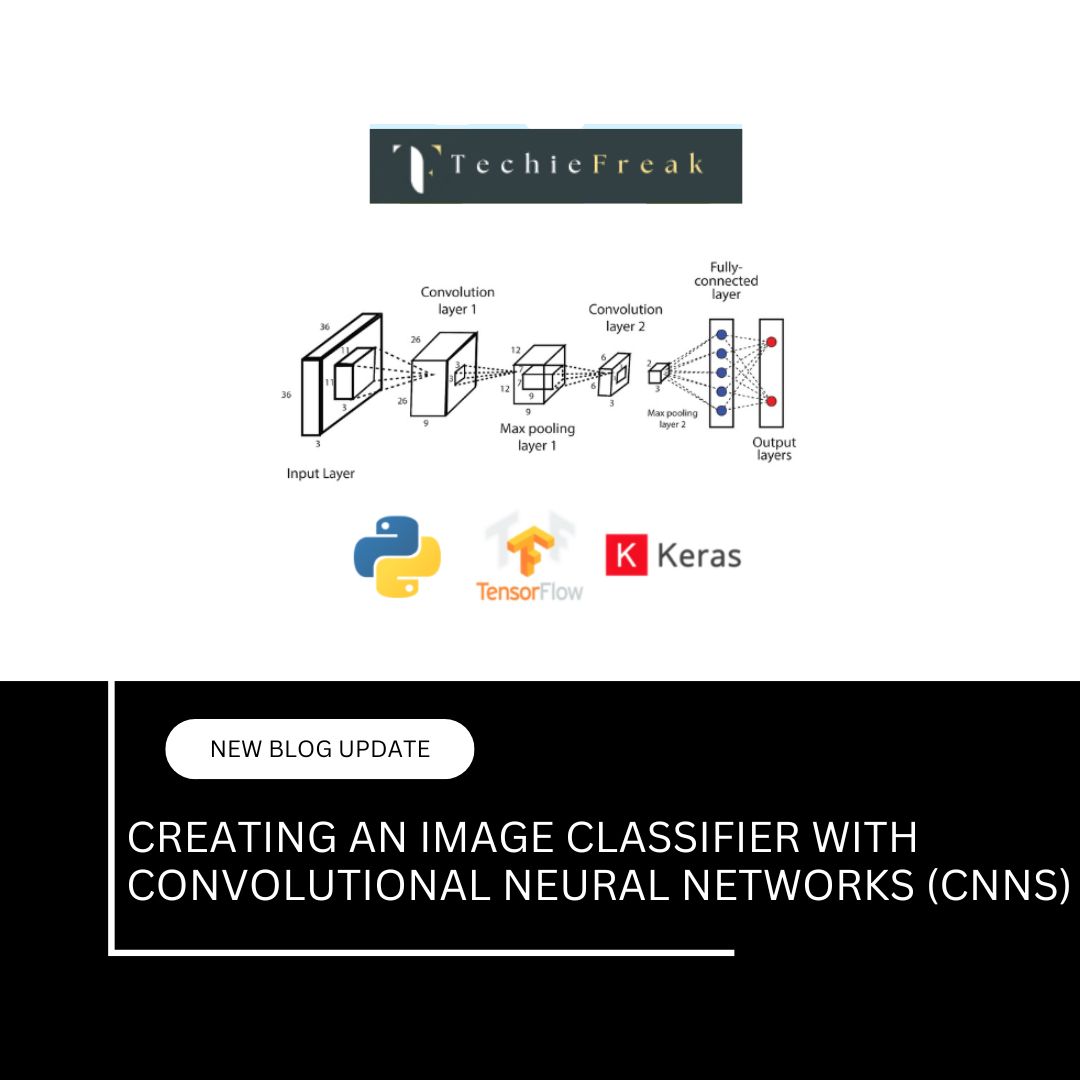


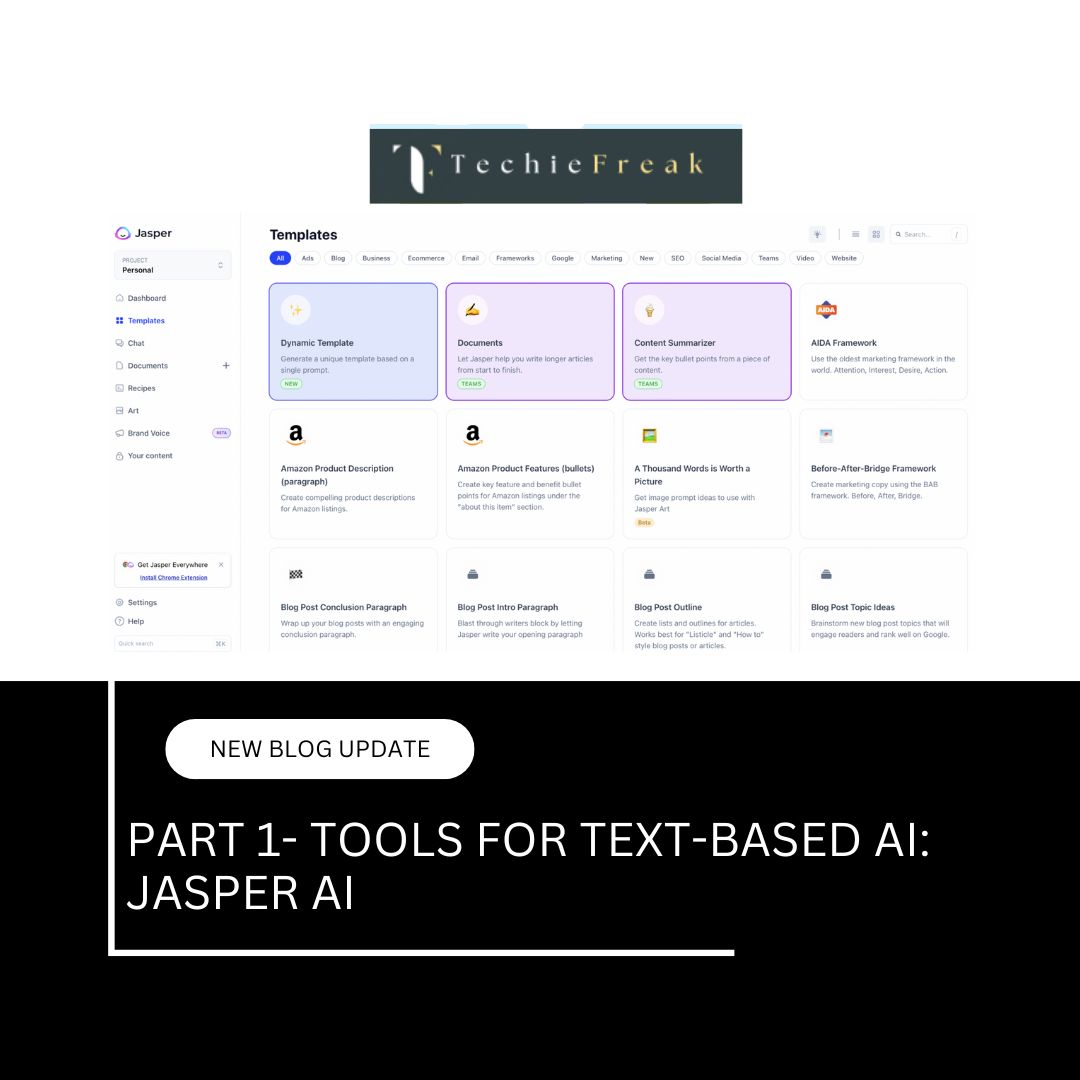
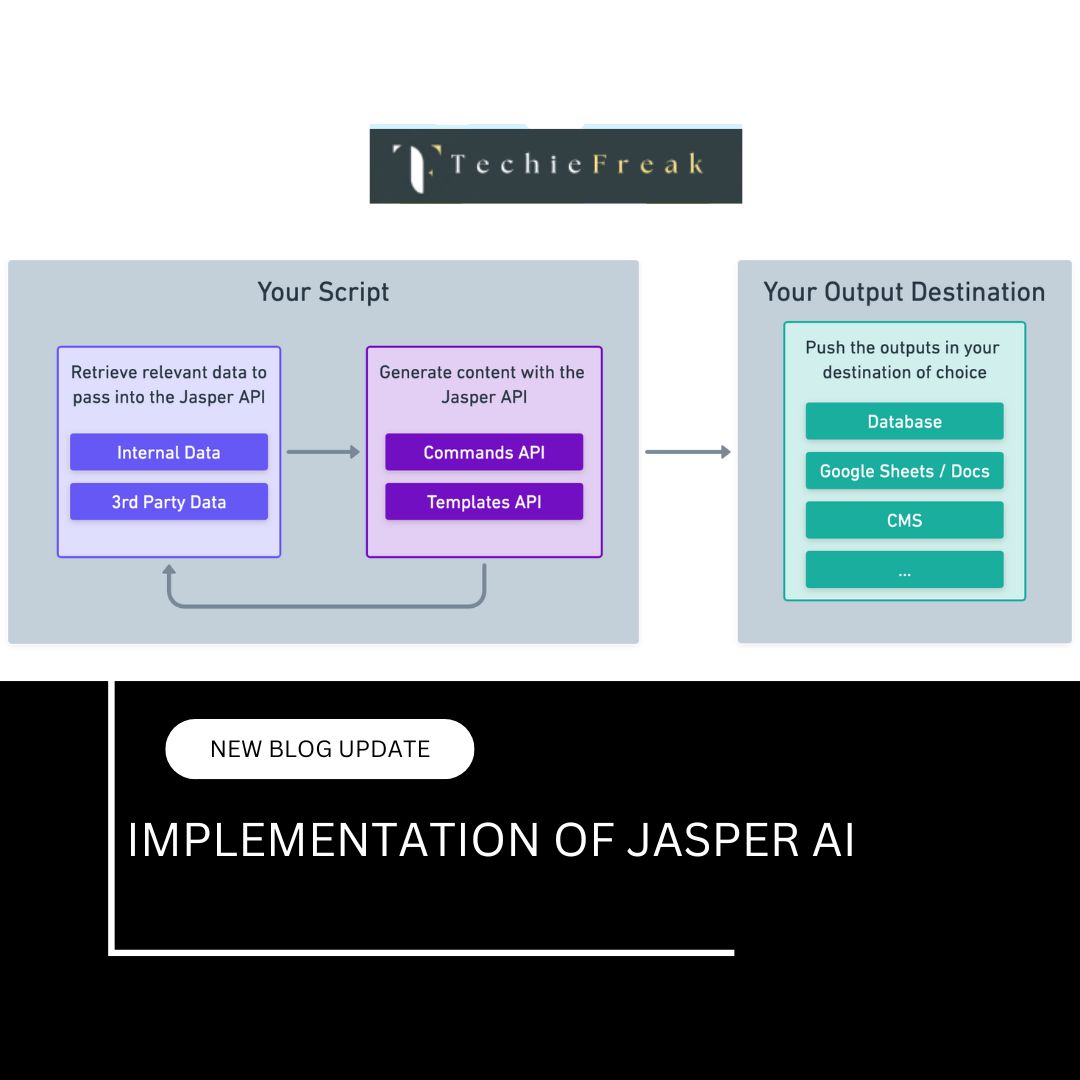
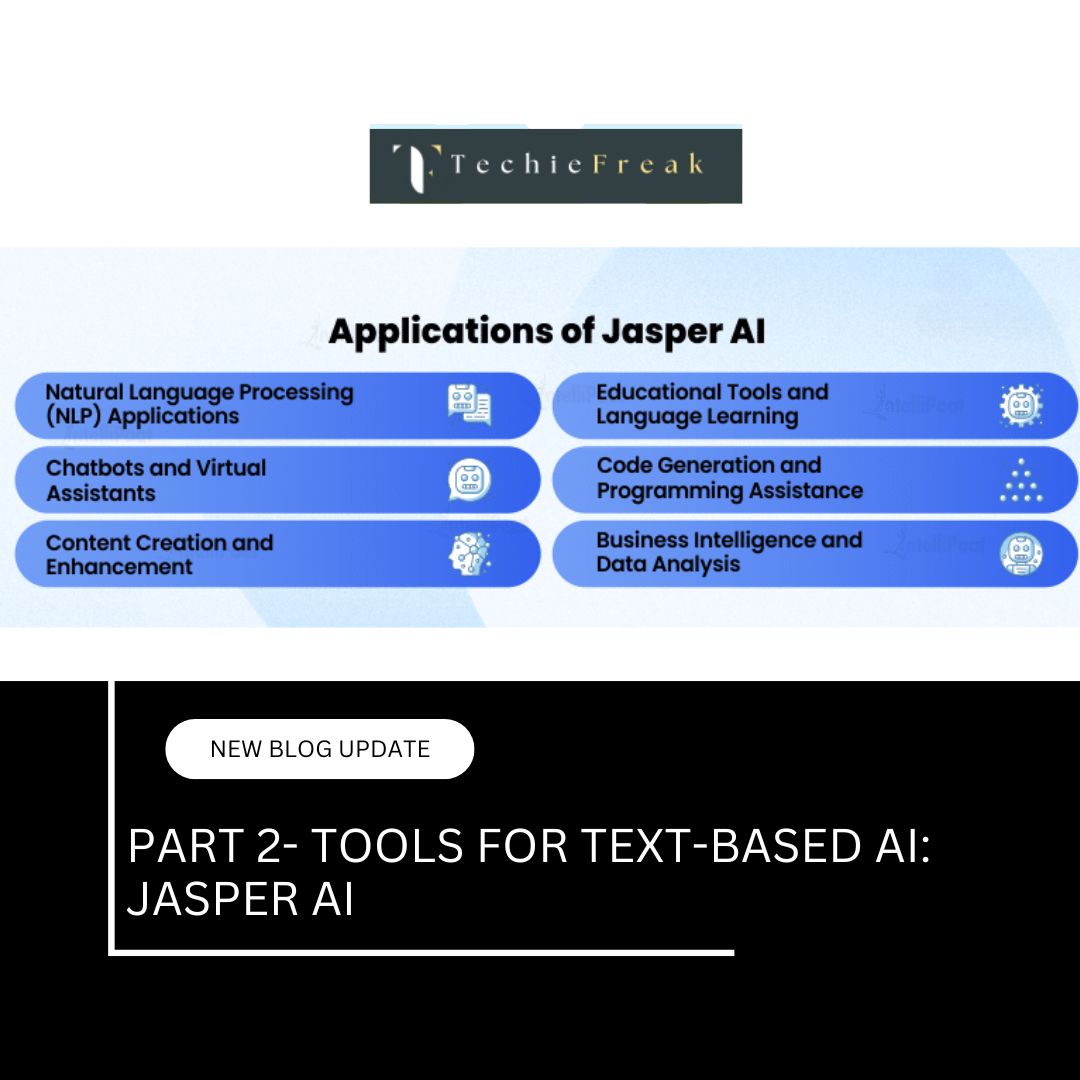
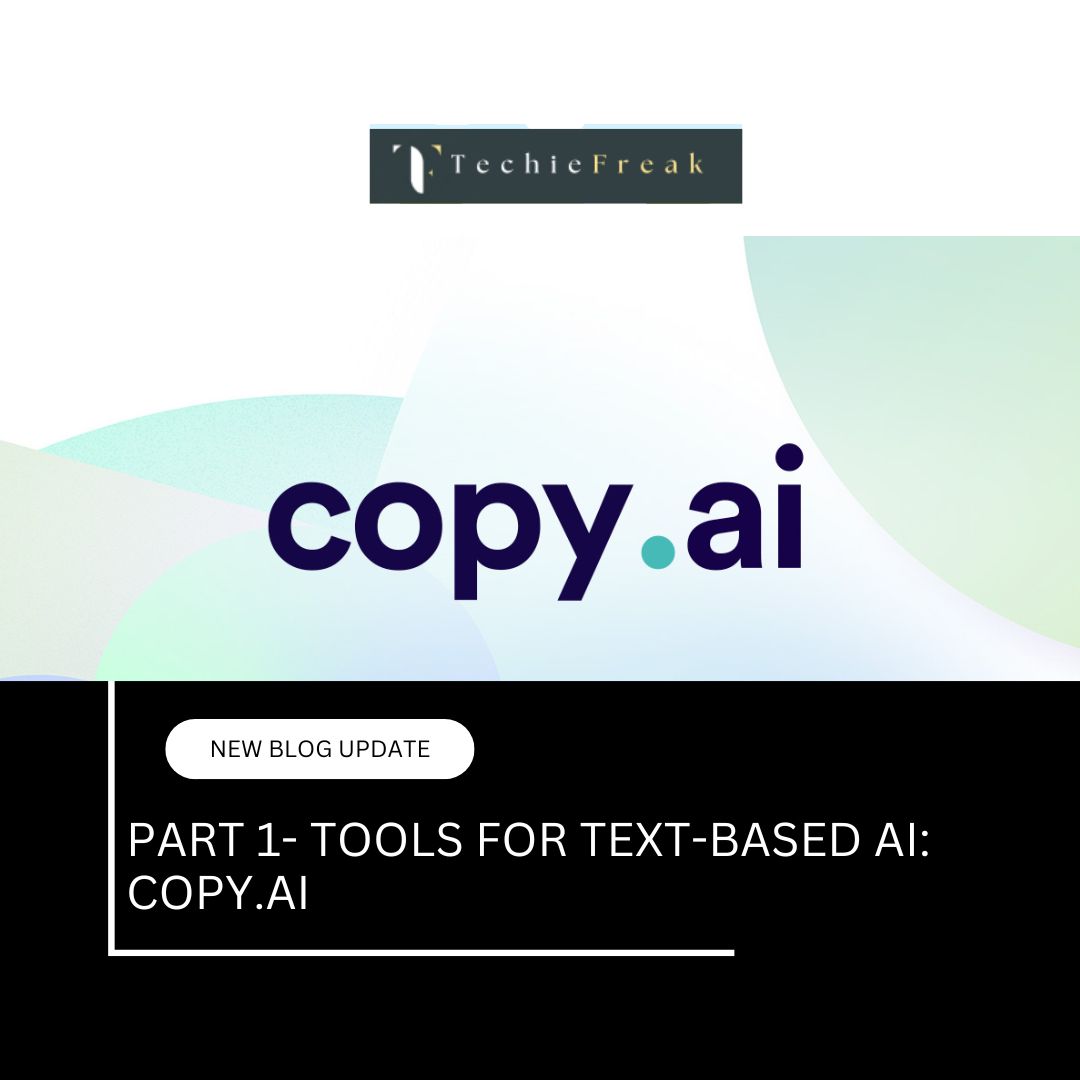
.jpg)
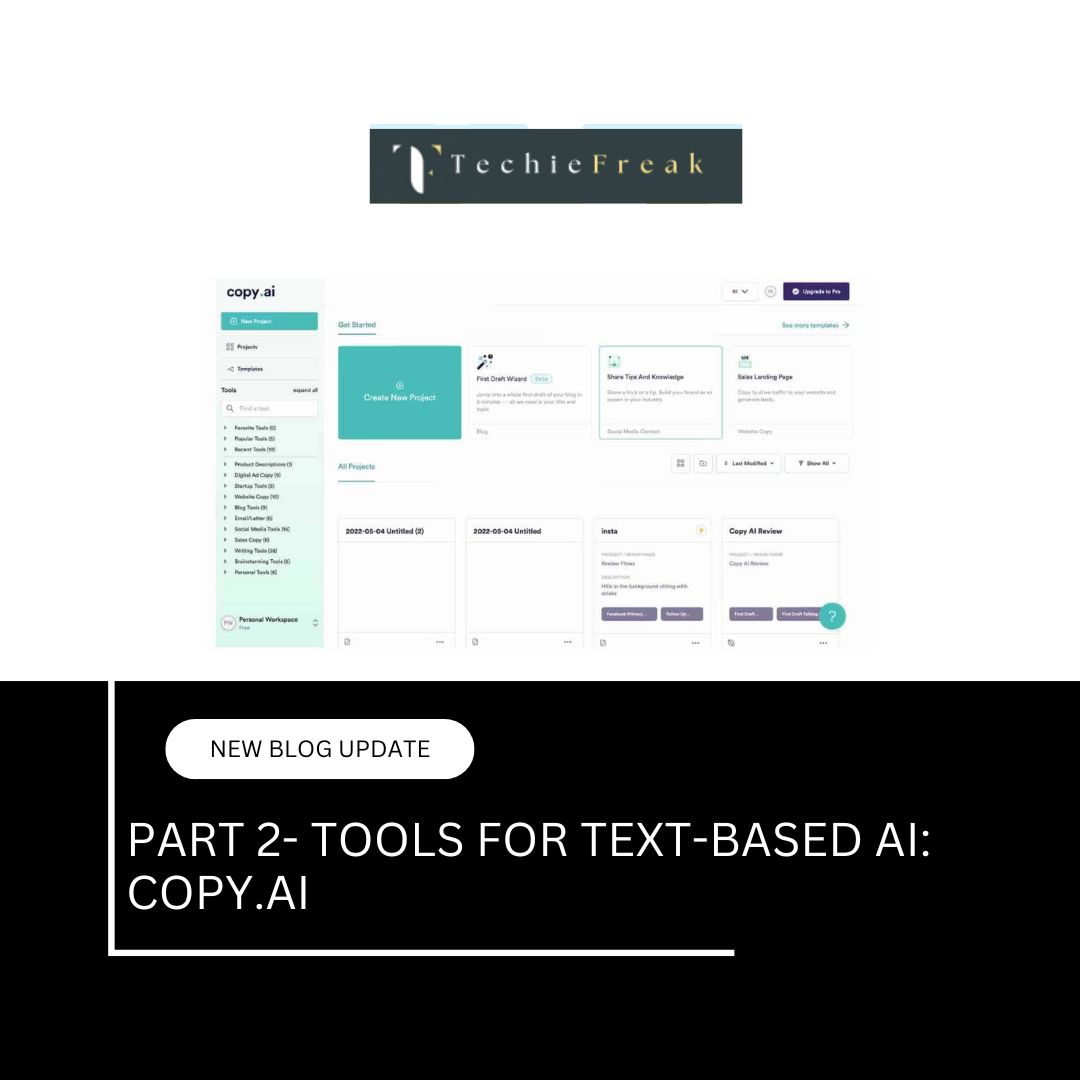
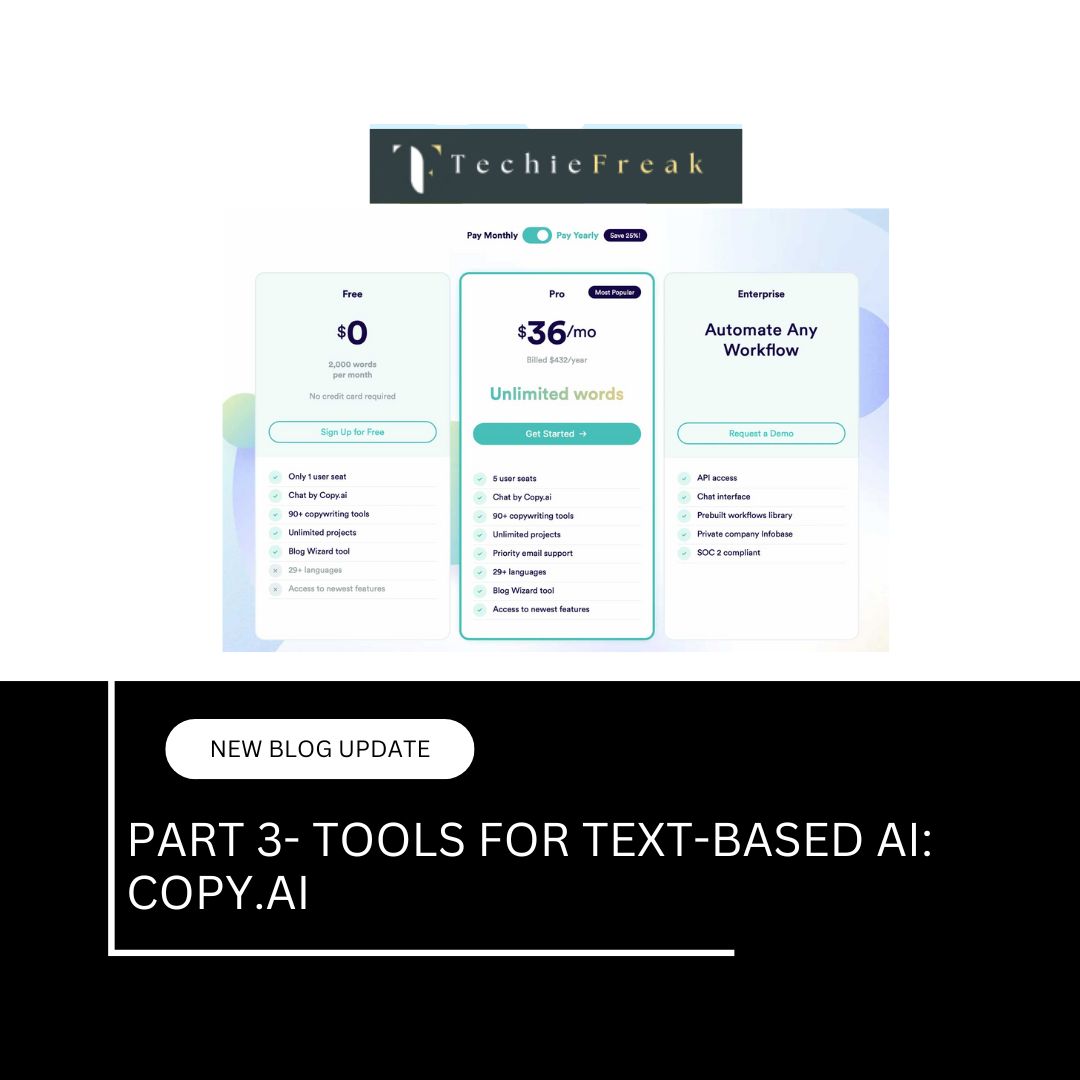
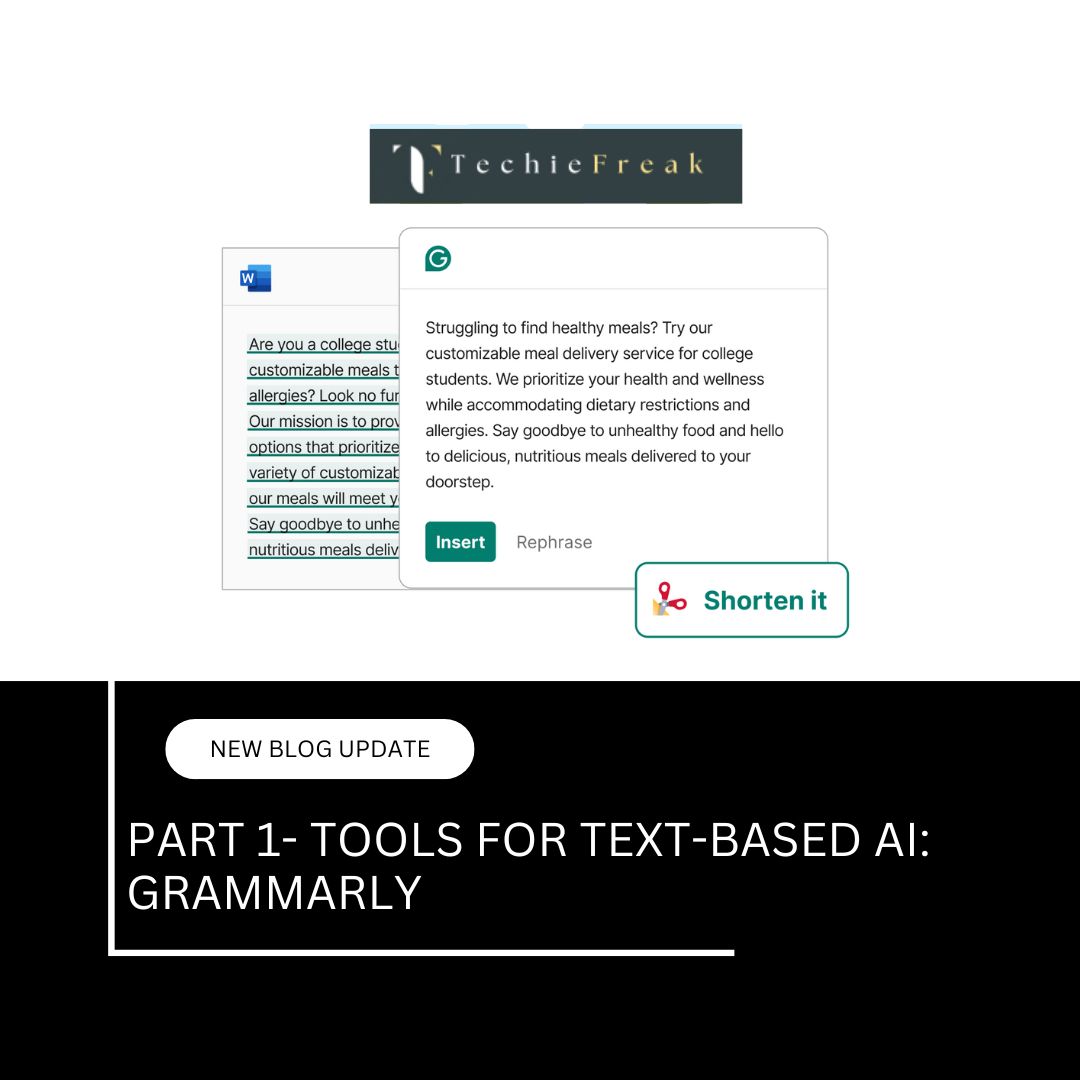
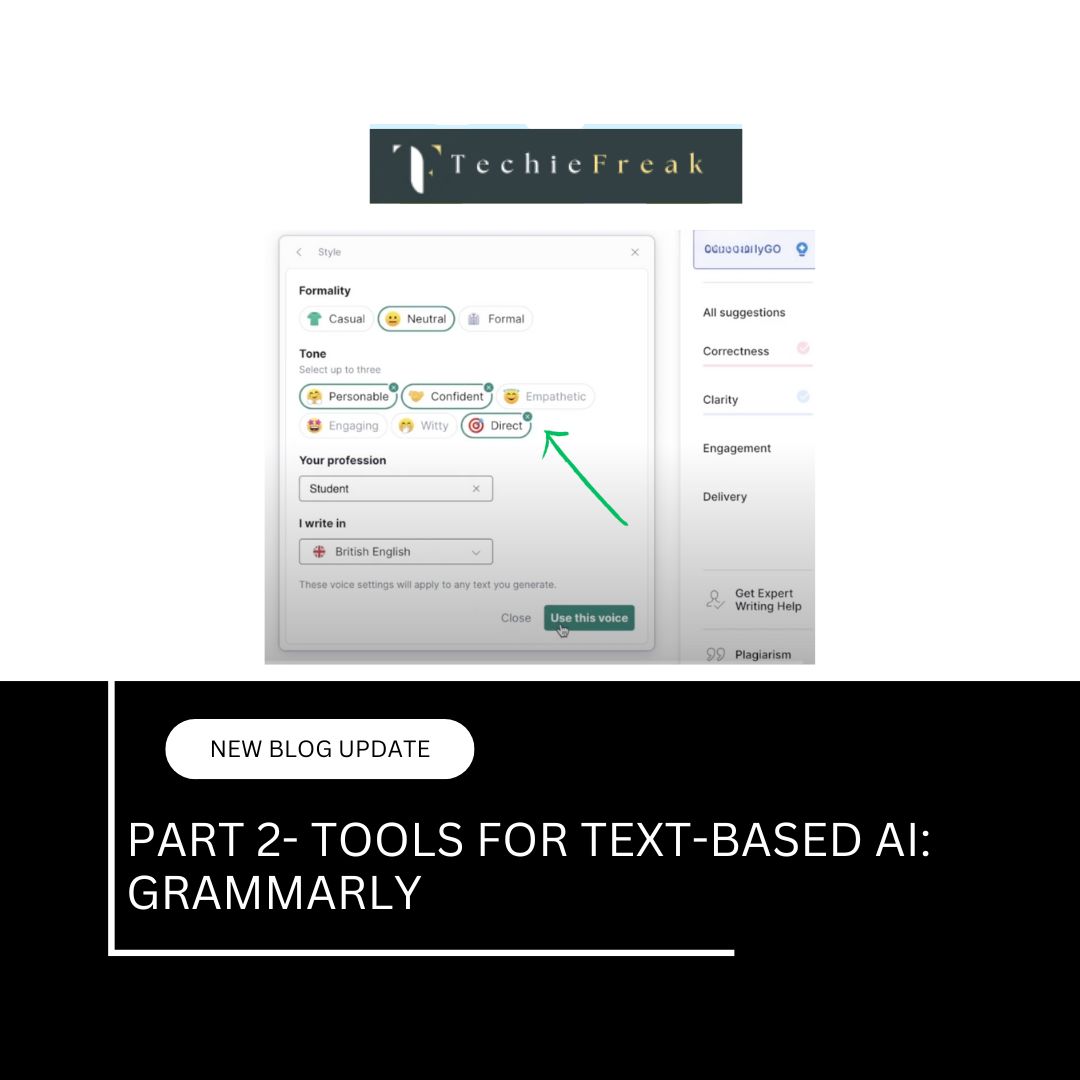
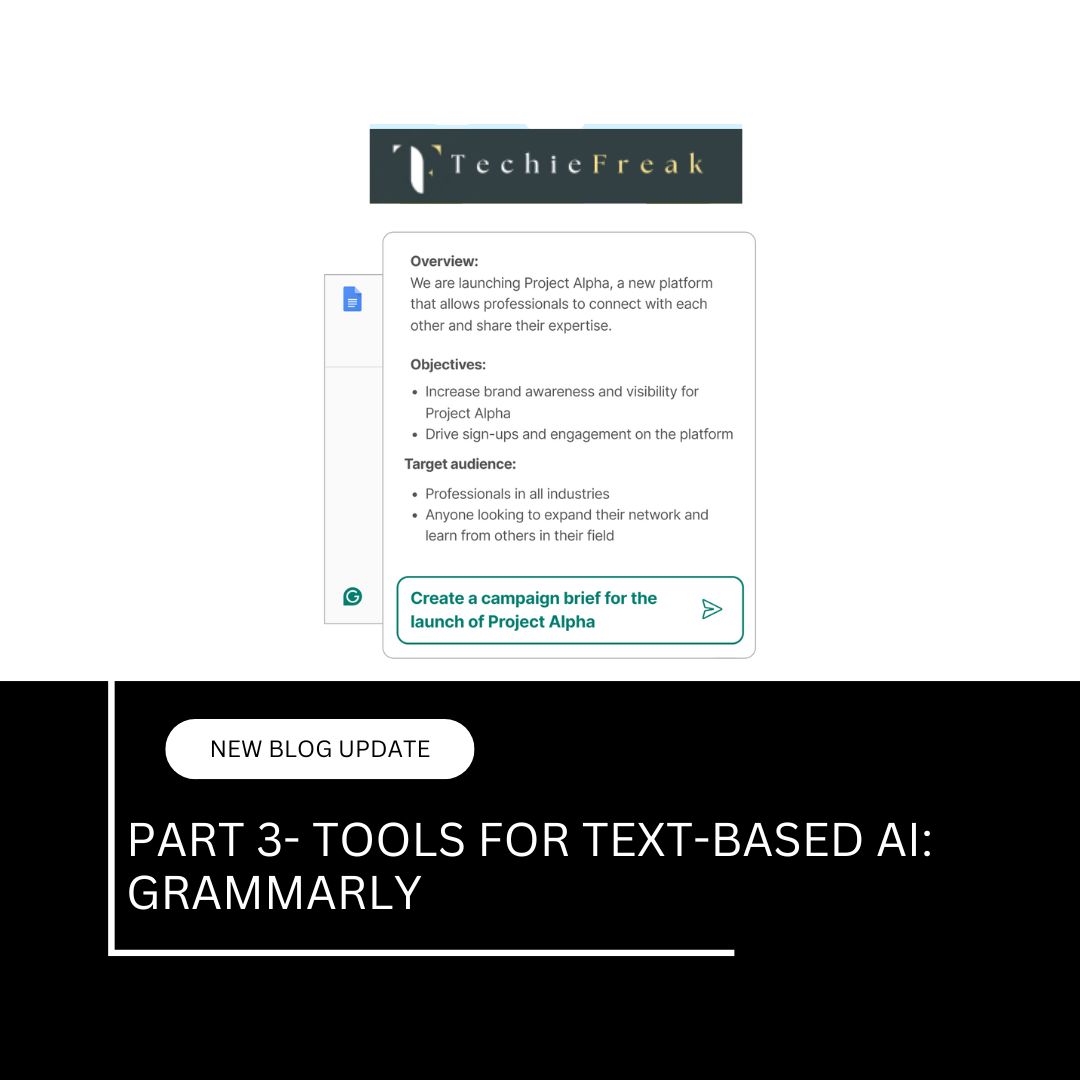
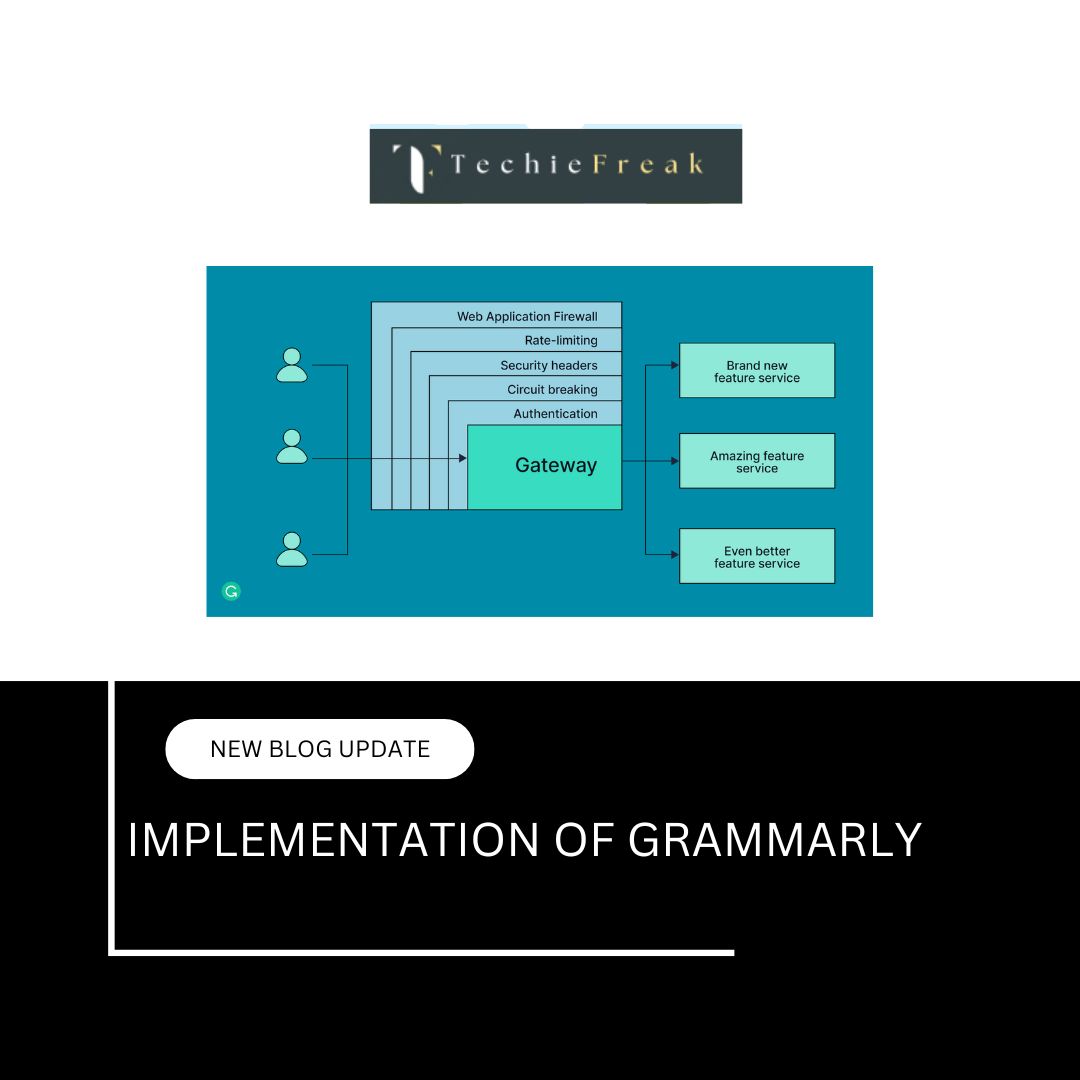

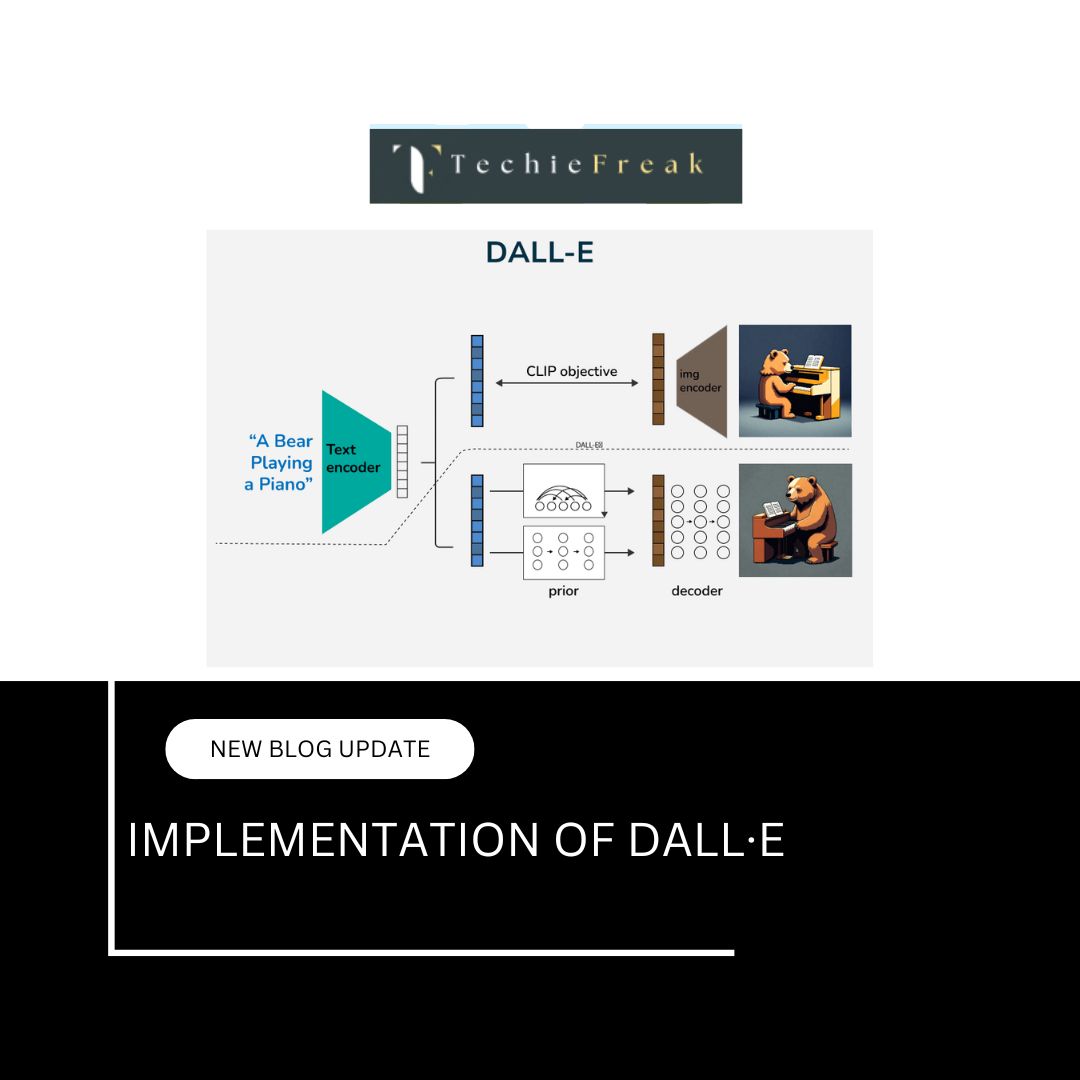
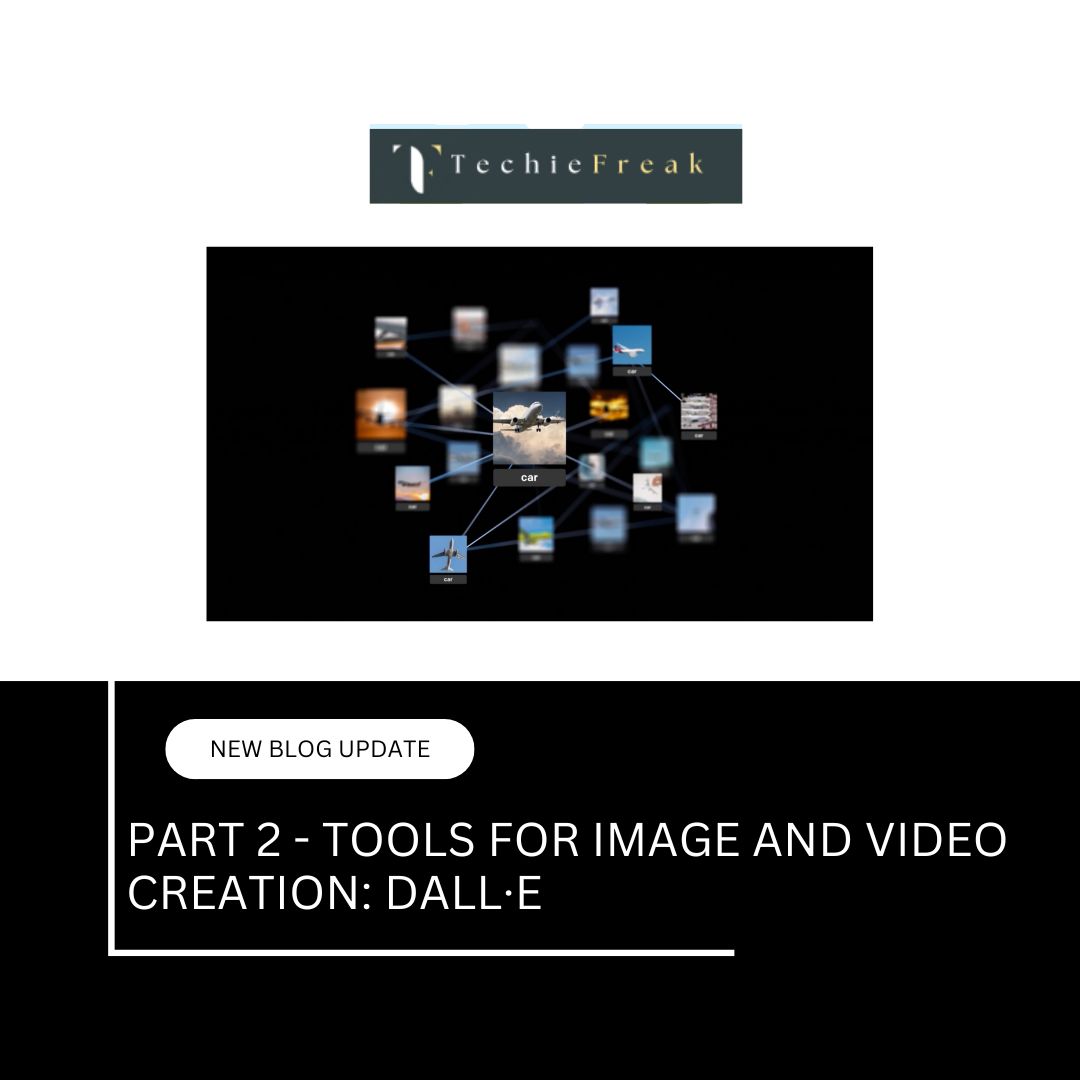
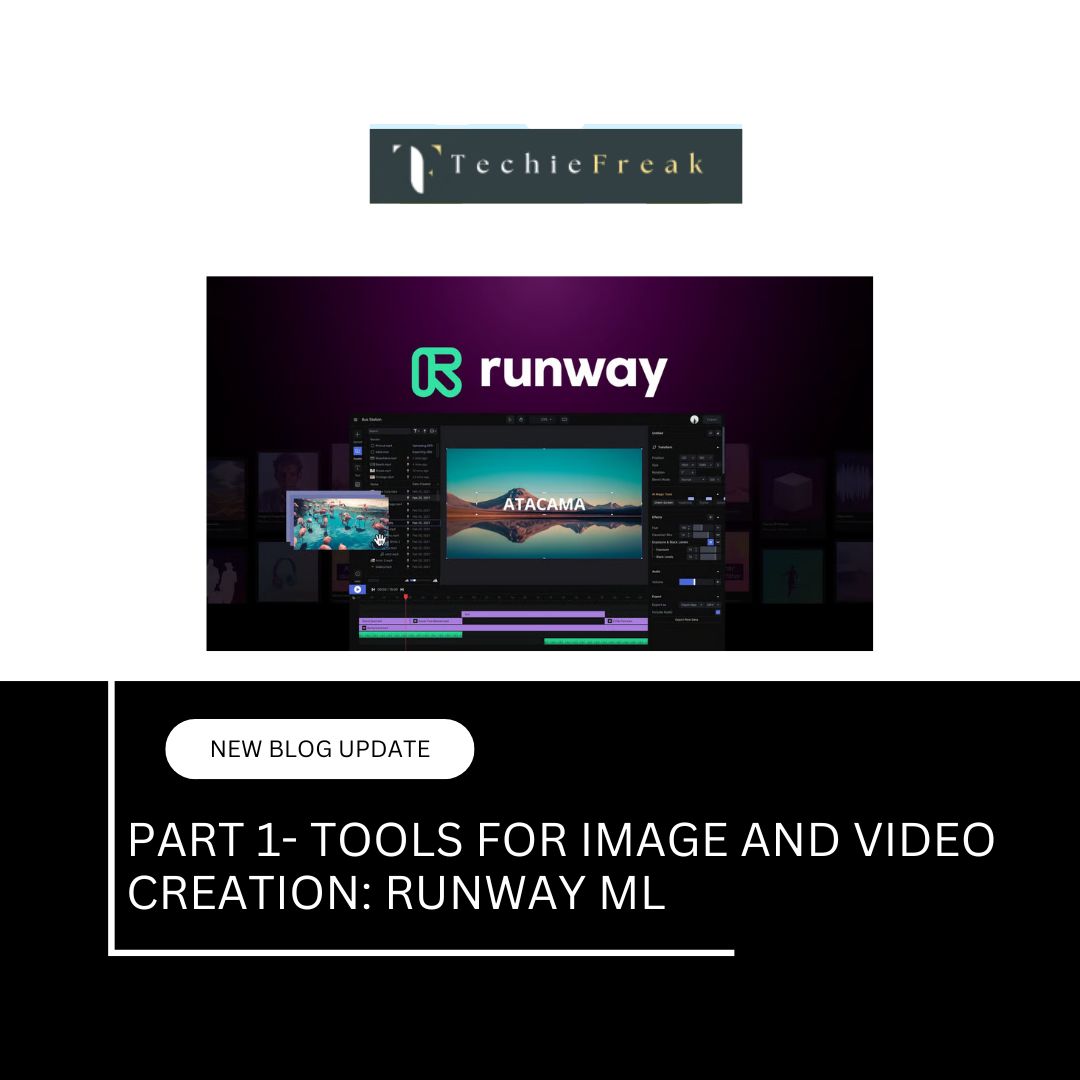
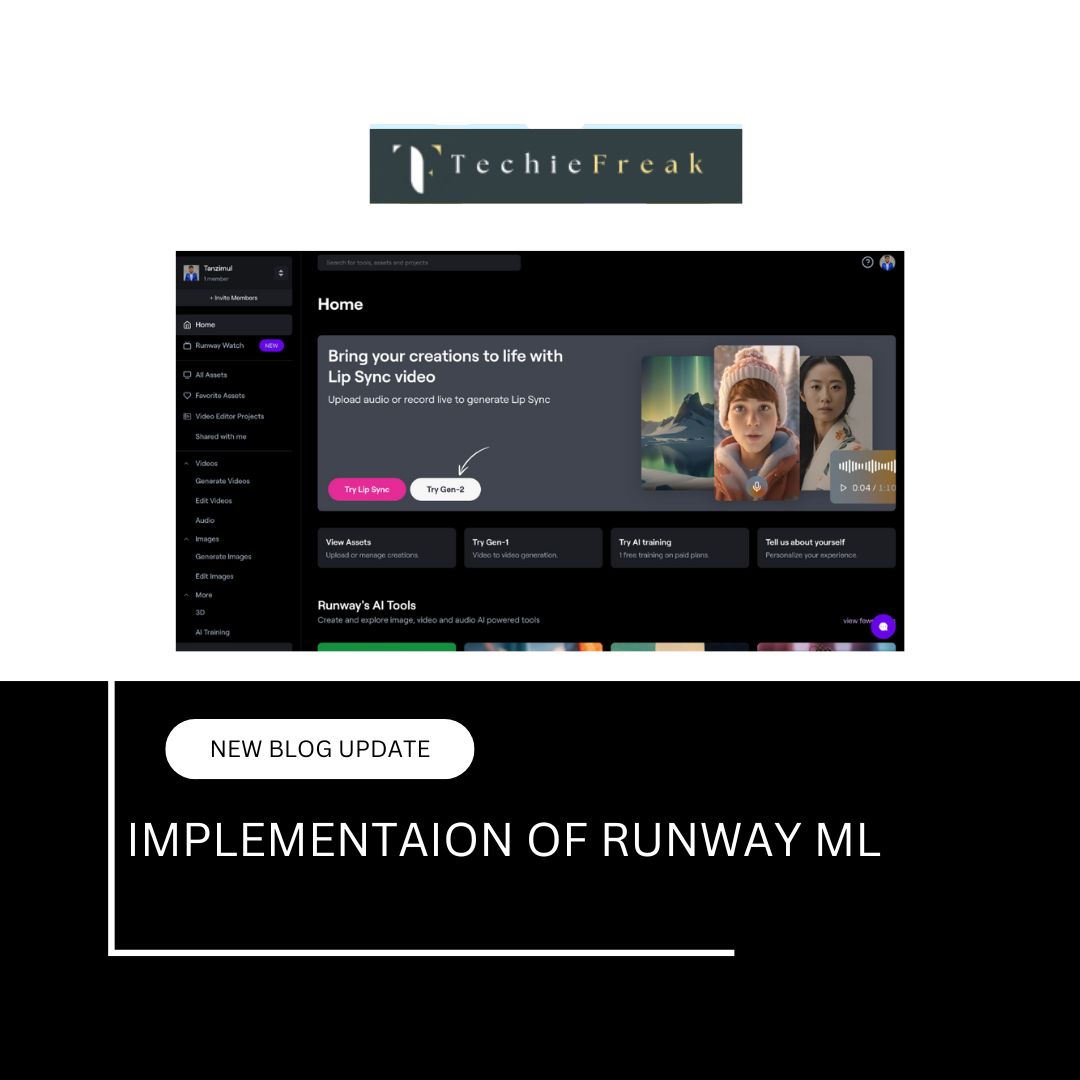



.jpg)


.png)
.png)
.png)
.png)
.png)
.png)
.png)
.png)
.png)
.png)
.png)
.png)
.png)
.png)
.png)
.png)
.png)
.png)
.png)
.png)
.png)
.png)
.png)
.png)
.png)
.png)
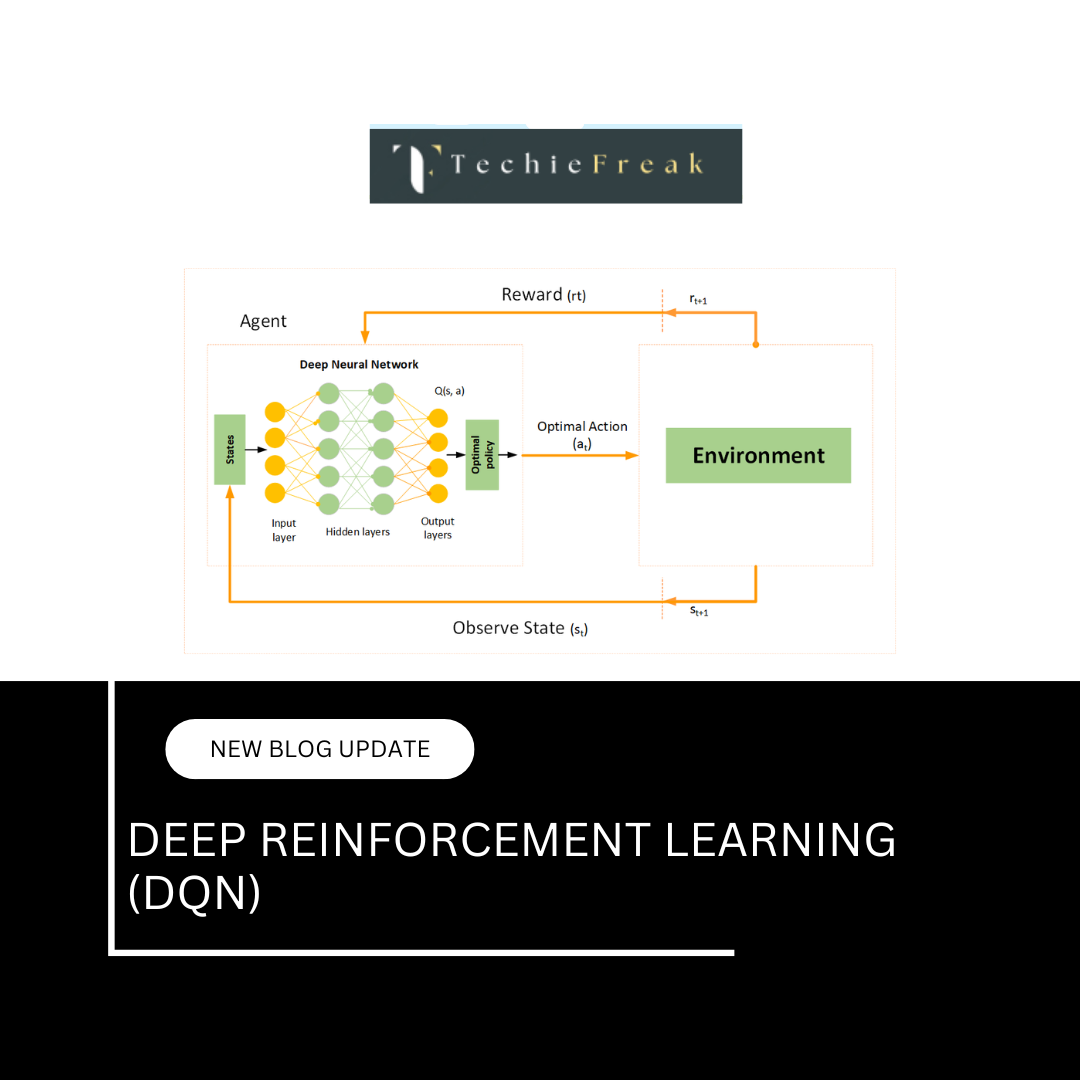
.png)
.png)
.png)
.png)
.png)
.png)

.png)


